
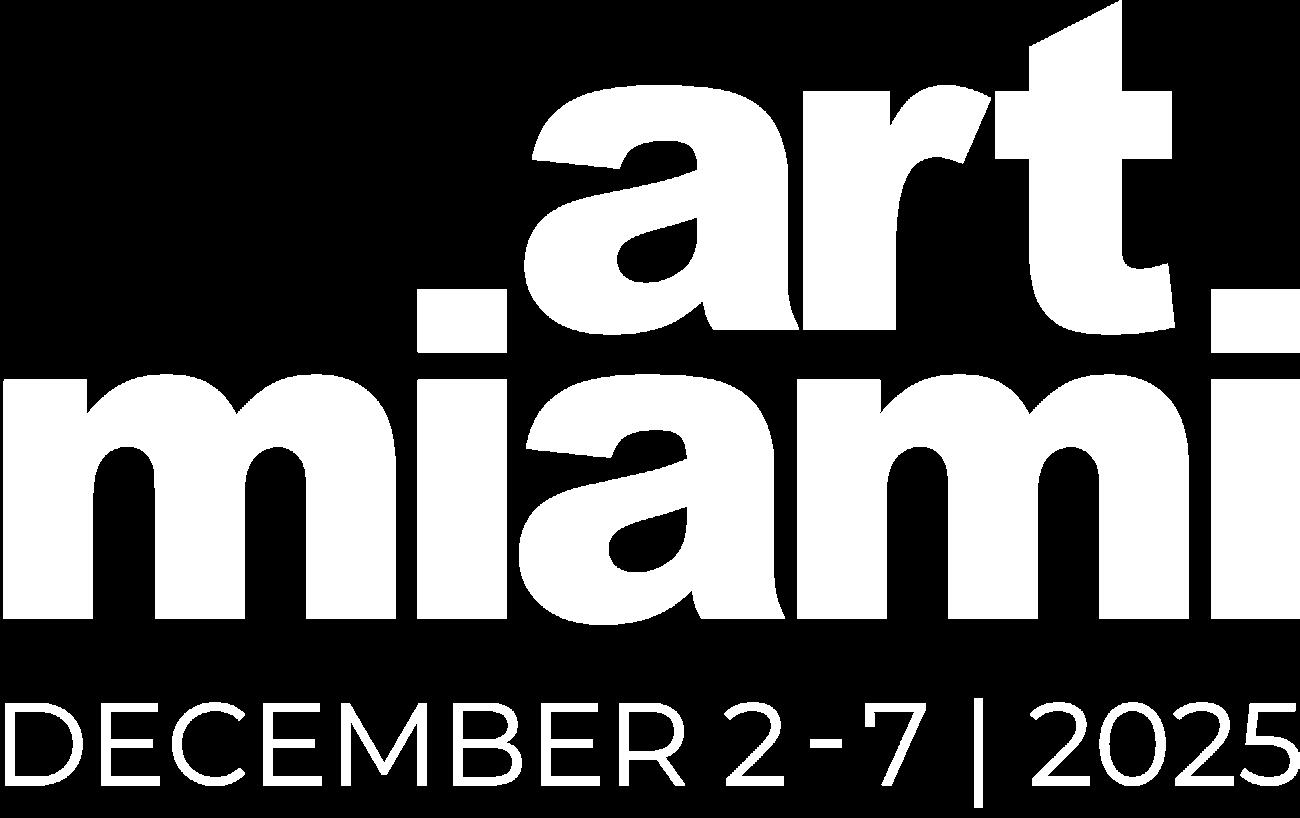



Daniel Bilodeau
John Brosio
Hogan Brown
Michael Chapman
Fernando Cidoncha
Matthew Cornell
Brian Haberlin
Brad Kunkle
Malcolm T. Liepke
Stephen Mackey
Adam McGalliard
Alberto Ortega
Denis Sarazhin
Daniel Sprick
Arinze Stanley
Jesse Stern
Hideo Tanaka
Jose Lopez Vergara
Aron Wiesenfeld


Born in Montréal, Canada, Daniel Bilodeau’s paintings are akin to the act of pausing to appreciate the fragrance of a bouquet. Colors and forms bring viewers in to inspect the twists, fine lines and softness of a petal; or to contemplate the remarkable structure of but a single flower within our world. They celebrate the nourishment derived from marveling. In the seemingly ordinary moments of the present, amidst our daily struggles - wonder is available.
Daniel Bilodeau arranges flowers to construct a tableau that reflects his response to the historical legacy of flower painting and his hands-on involvement in floral design. In an interplay of minimalism and maximalism a composition’s singular arc gives way to numerous blossoms replete with the petal folds, reflections and minutia found in genuine flower arrangements.


“Flavum Rosea” Oil on Linen
16 x 14 in
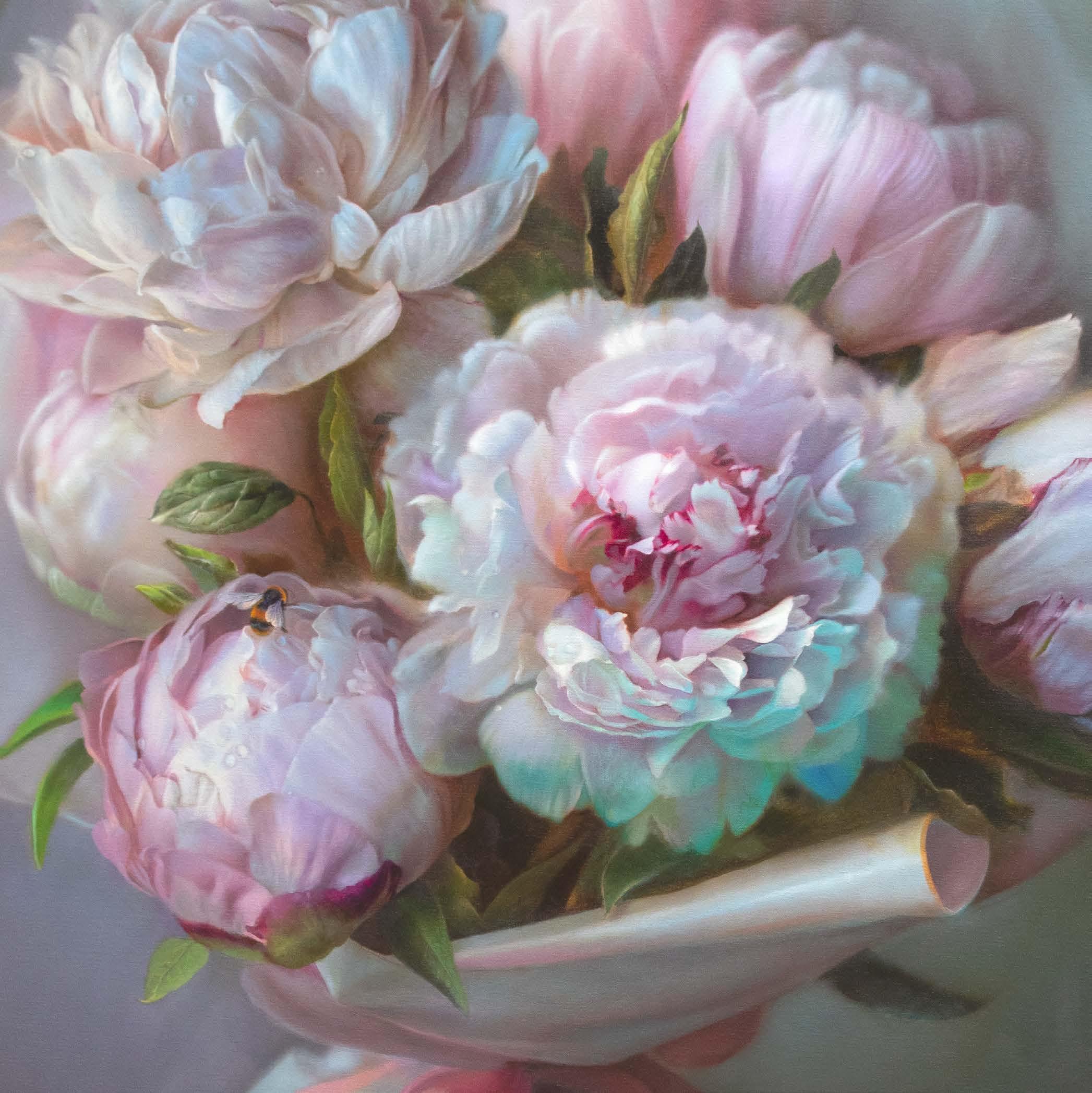
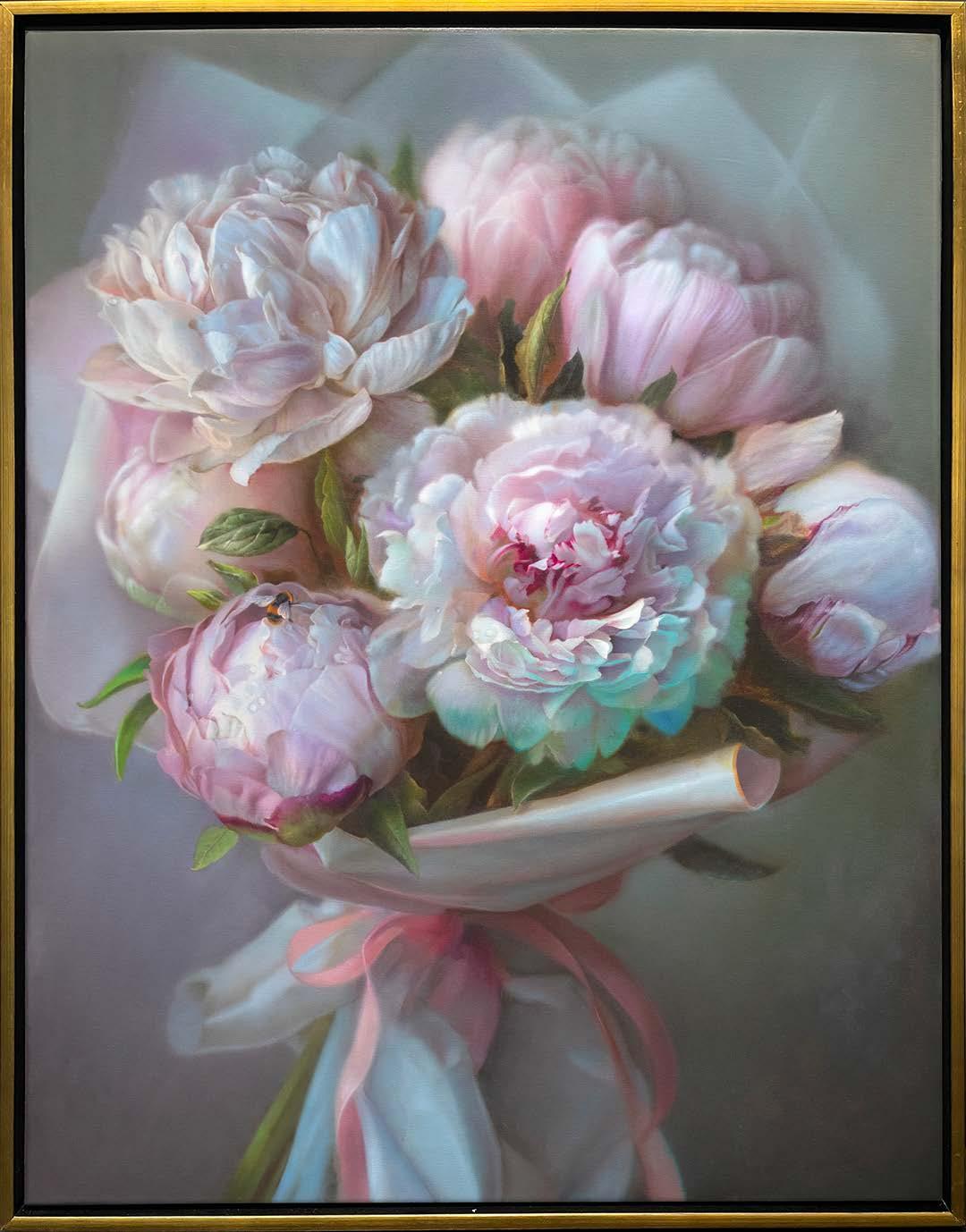
“The Bouquet and the Bumblebee” Oil on Canvas
48 x 36 in
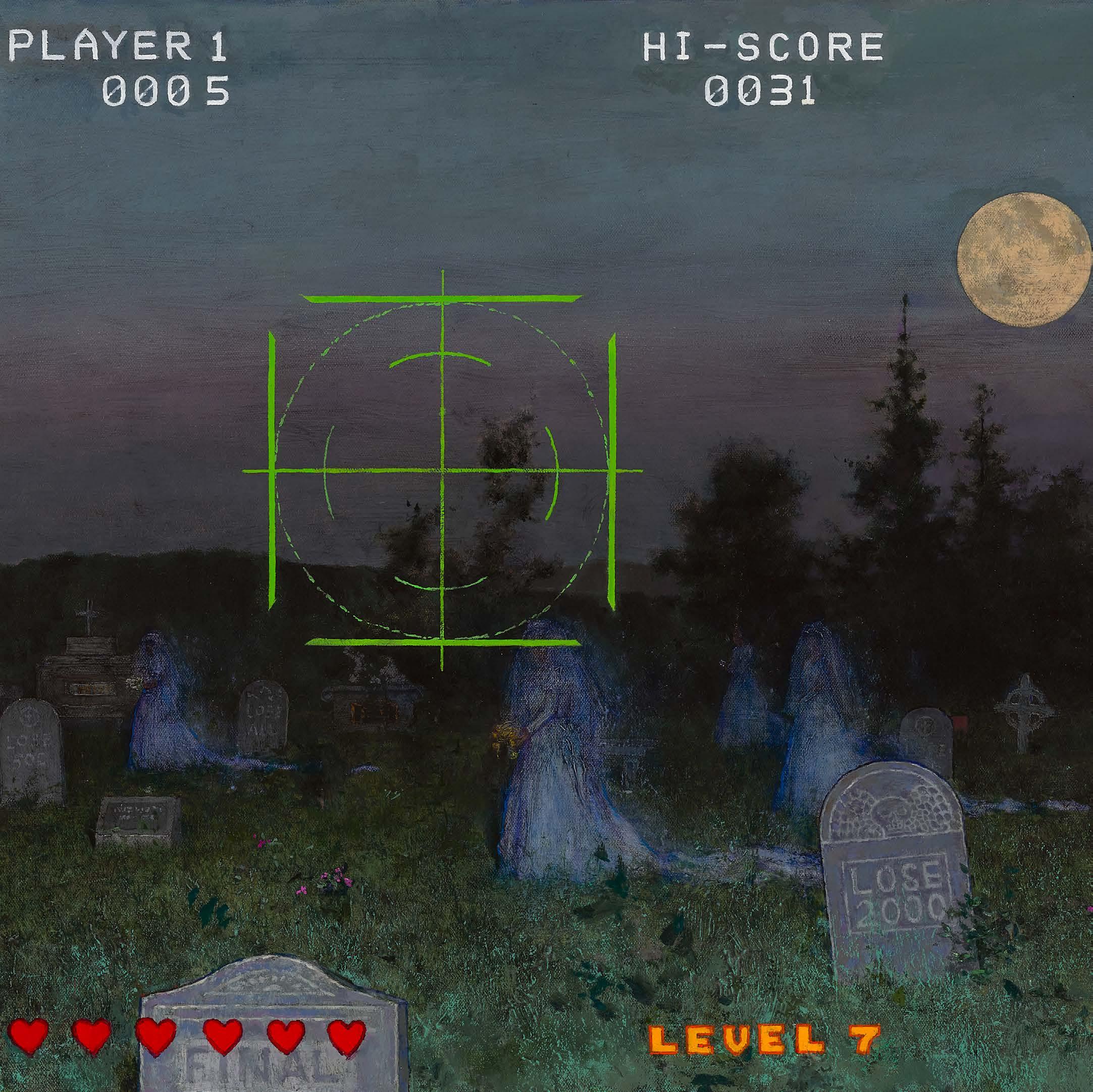

Born in 1967 in Pasadena, California, John Brosio has been drawing for as long as he can remember and those earliest scribbles depict much of the same “off center” subject matter that concerns him today. Brosio blends elements of science fiction and surrealism to depict unsettling monster attacks, alien invasions, larger-than-life animals, and natural disasters inserted into scenes of everyday life.
Influences for Brosio are numerous, but one thing that does fascinate him is cosmology, particularly the Holographic Principle. The Holographic Principal is the idea that all of the known universe is, to an extent, a simulation.
Finding joy in the idea that the real world is completely imagined, it’s no surprise that his paintings are so surreal. To Brosio though, subject matter has little to do with the success of a painting. Its ability to codify the way in which things relate to one another in the universe is what really matters. Brosio thinks of painting as the pursuit of realizing some degree of surrender to those sensibilities through an orchestration of select relationships.


John Brosio
“Honeymoon” Oil on Canvas
24 x 30 in
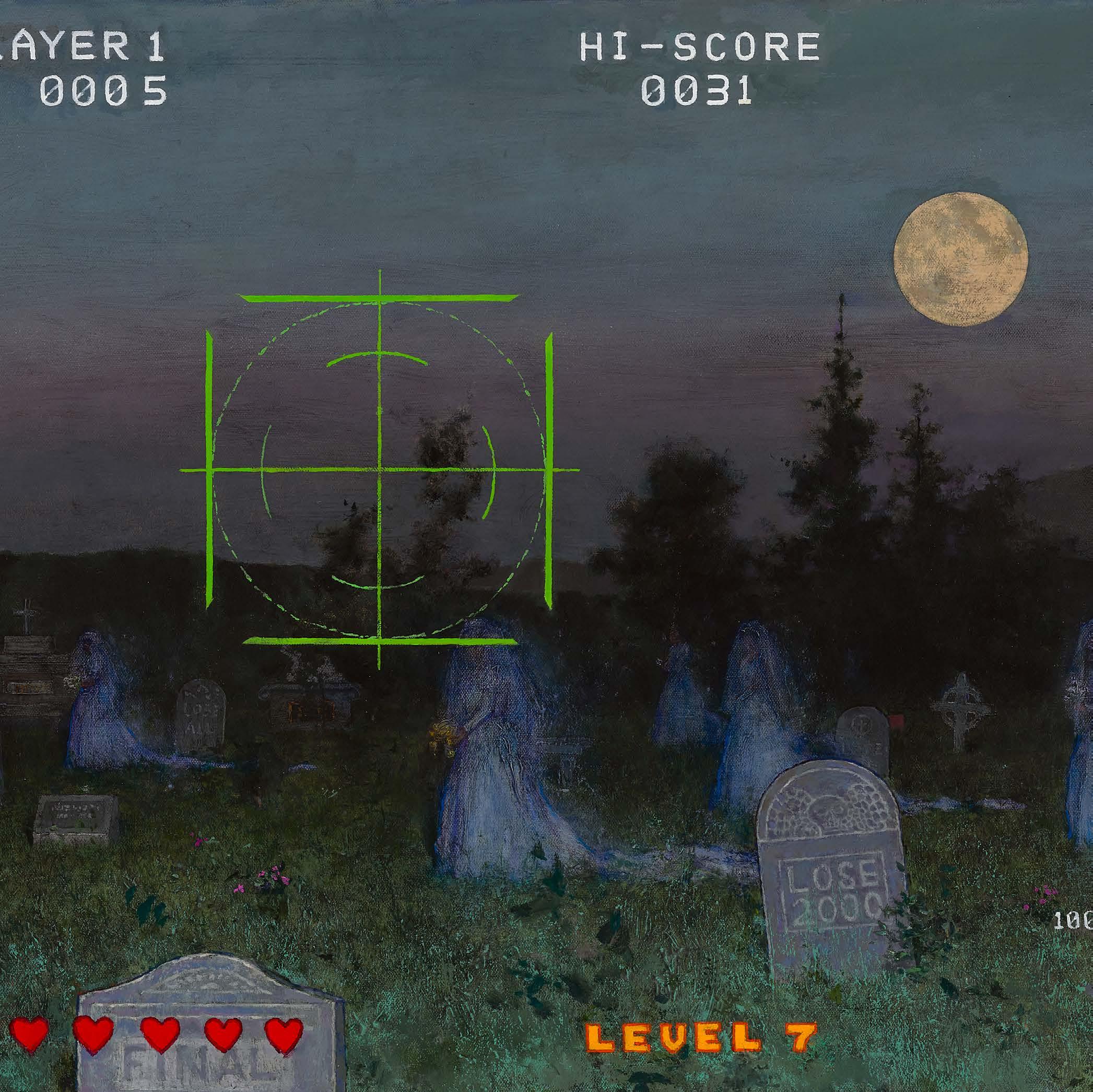

John Brosio
“Hope” Oil on Canvas
24
x 36 in


Born in London in 1966, Hogan Brown comes from an artistic family which encompassed painting, writing, illusration, film making, and print making. Brown’s work depicts mysterious and anonymous figures in what can seem stark environments yet a covert narrative emerges from the canvas. The empty spaces in the paintings are as telling and important to the work as much as the focal figures.
Using traditional techniques, drawing and painting oil on canvas, to capture aspects of popular culture. Much of his work is drawn from cinematic influences, specifically films of the 1960s, which adds a retro character to his paintings, giving a narrative and intriguing quality to the subject he portrays.
Hogan’s inspiration comes from places he visits, a structure driven past, a house or hotel stayed in, a figure glimpsed, or a shadow in a room.
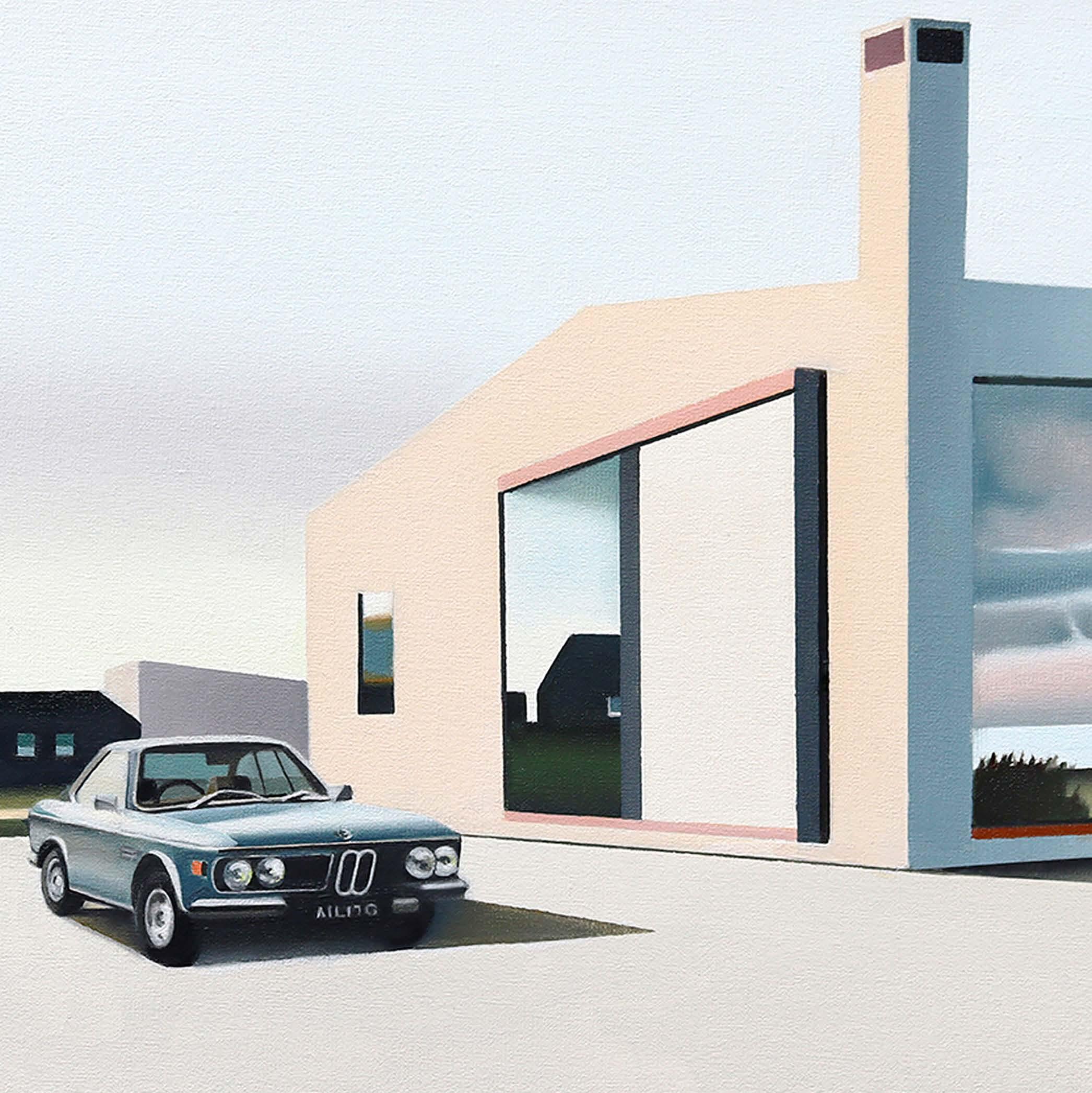
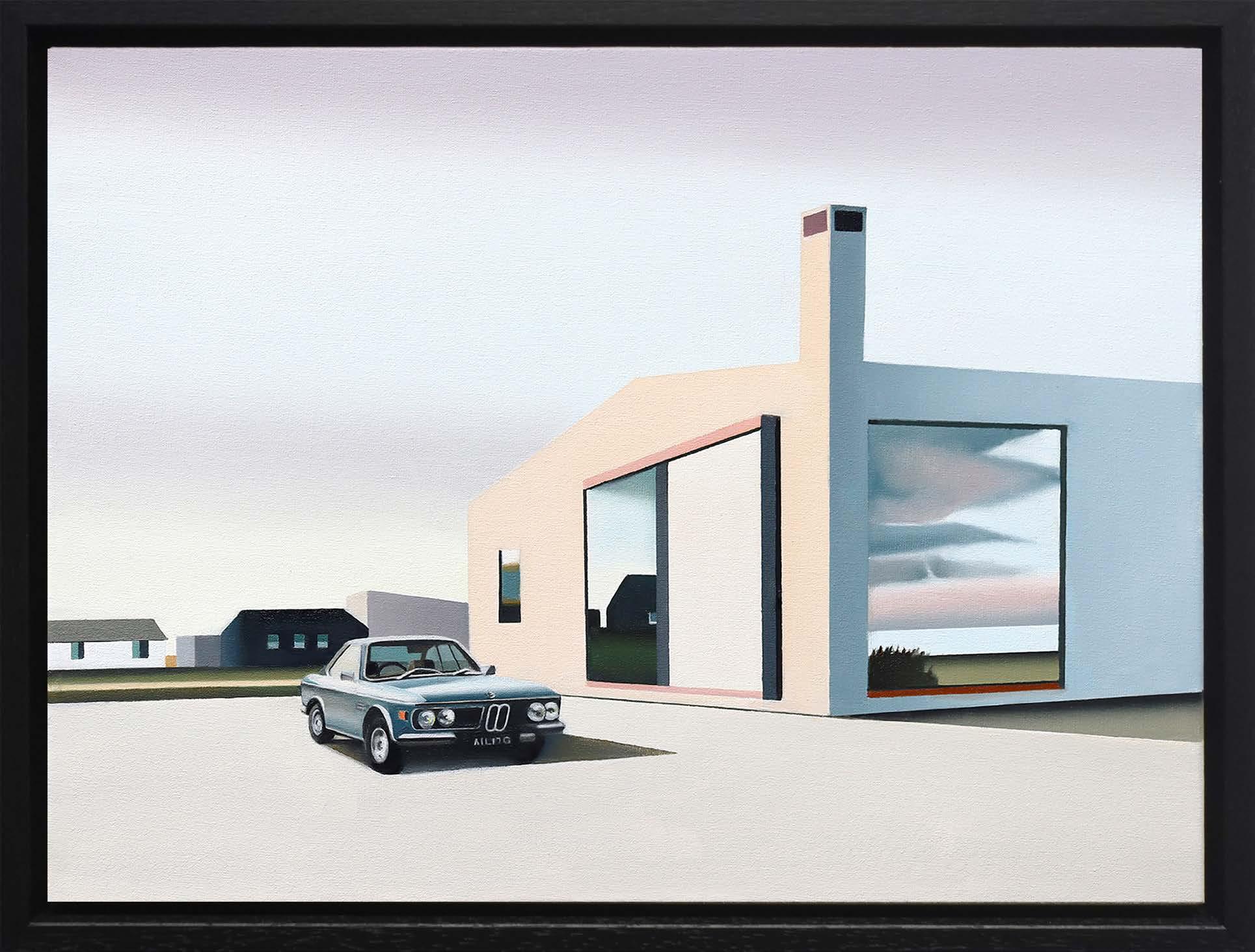
Hogan Brown
“The House on the Shore” Oil on Panel 12 x 16 in


Hogan Brown
“On
The Road” Oil on Panel
18 x 24 in


Michael Chapman interprets the world through a personal visual language that blends familiar forms with quiet ambiguity. Born in the United States in 1957 and influenced by artists like Edward Hopper and René Magritte, his work explores the mutability of reality through recurring objects such as tables, trains, and windows, rearranged across interiors, city streets, and nocturnes. These evolving compositions suggest narratives without resolution and reflect Chapman’s ongoing dialogue with perception and memory.
Chapman attributes his pursuit of specific themes and his use of subject matter by saying simply that he is attracted to their forms. Over time, the artist’s themes and subjects – beach scenes, interiors, city streets, trees and parks, and nocturnes - have become increasingly more complex in their content and composition.


“Bride of Kong” Oil on Linen
36 x 46 in

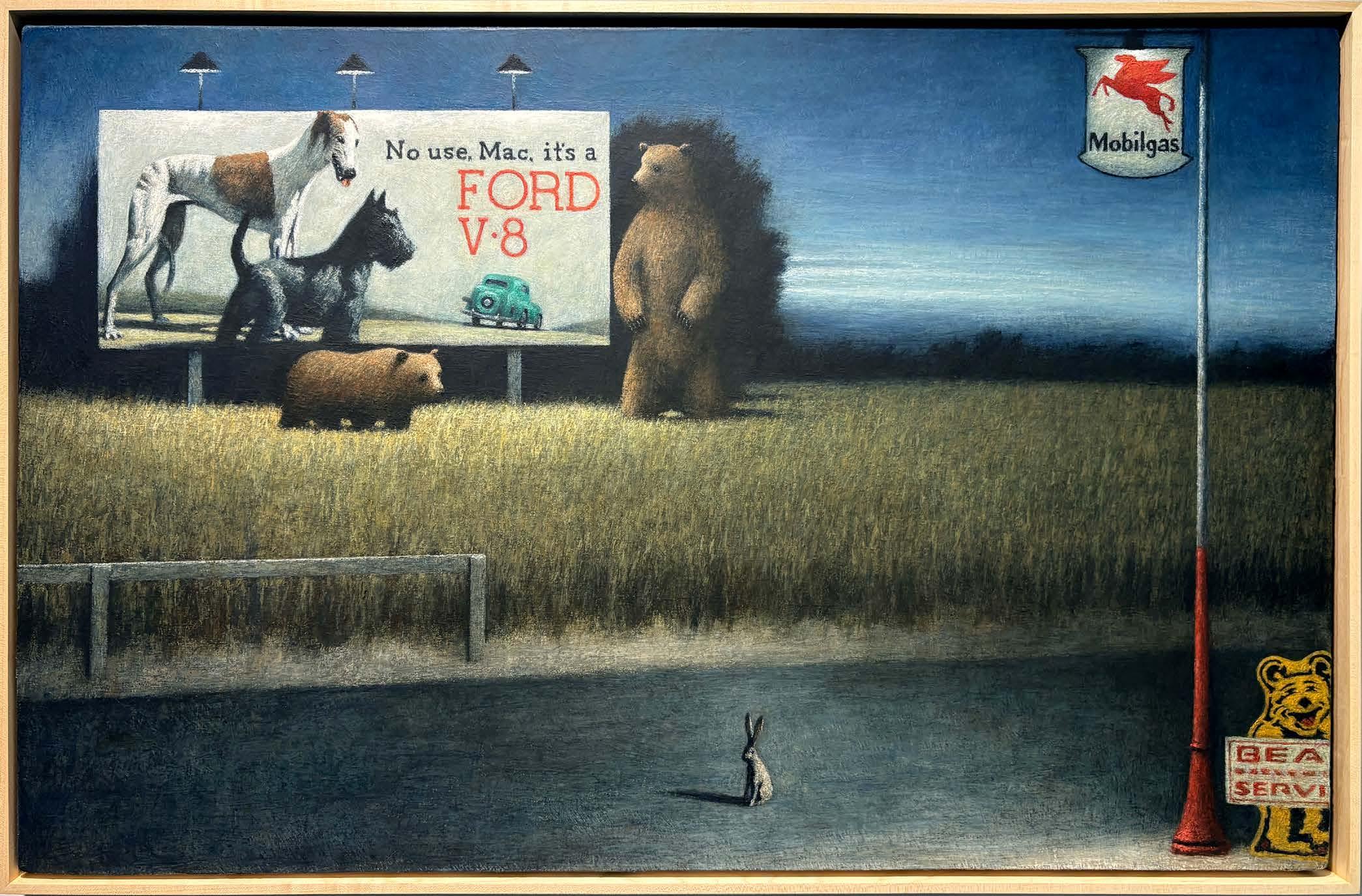
Michael Chapman
“Illumination, Fuel, and Speed” Oil on Linen
28 x 44 in
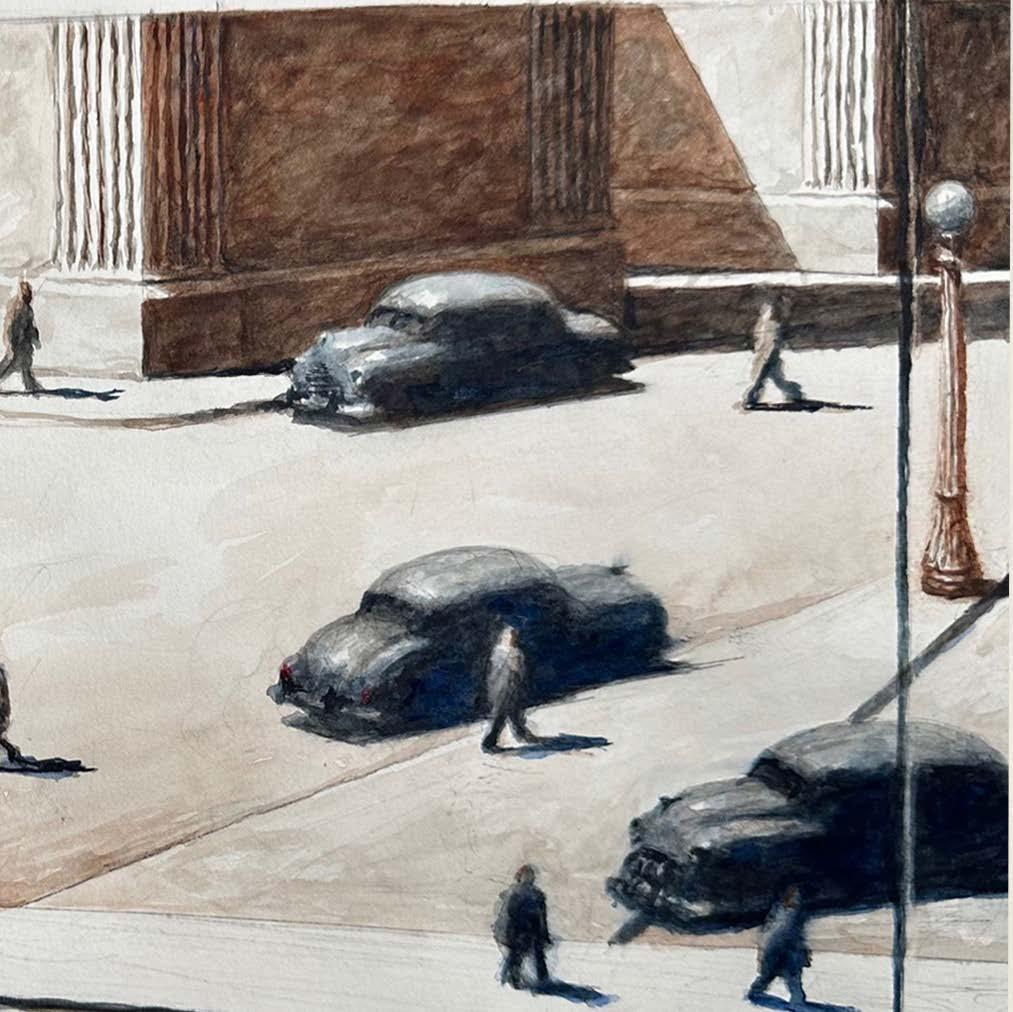

Chapman
“City
Sunlight No.26” Watercolor on Paper 9 x 12 in


“City
8.5 x 10.5 in


“City
8.5 x 10.5 in
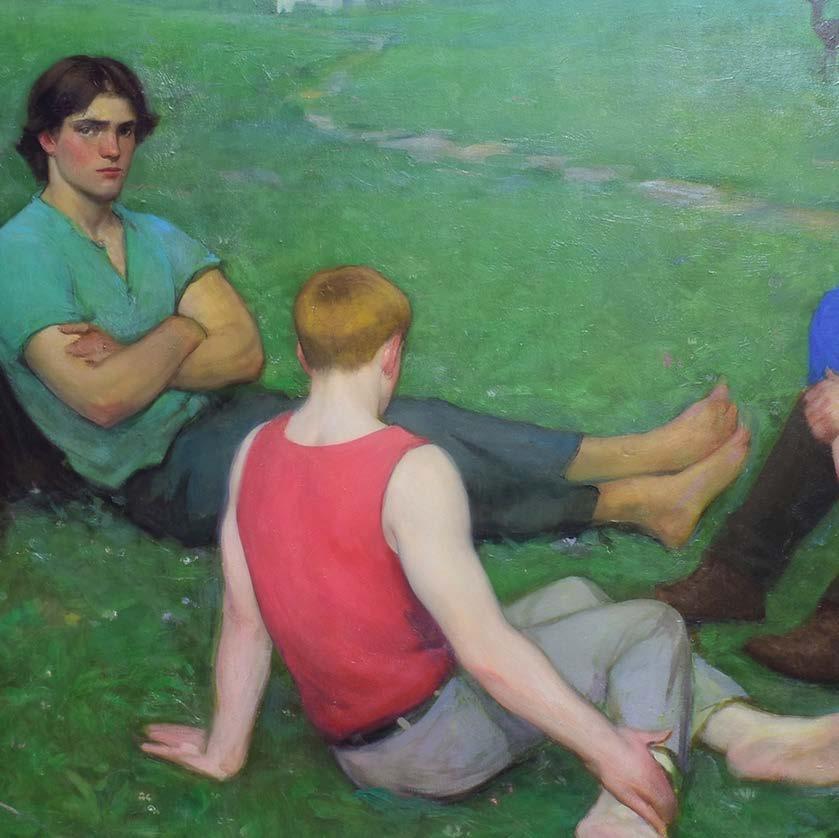

Fernando Cidoncha’s artistic practice focuses on the human figure, using a representational and symbolic language to reflect the belief that art can unlock the yearning of the human heart, and awaken the desire to know, to love, and to reach for the beyond. Citing drawing as being at the heart of his artistic practice, his art often explores moments of stillness, introspection and connection, reflecting a deep belief in the power of beauty to awaken the heart and evoke a sense of the sacred. Born and educated in Spain, Cidoncha is an experienced painter whose distinctive works are rooted in classical tradition and informed by his life while living in Florence. The city of Florence is the place where he finds inspiration and belonging, the place in which he lives his vocation as an artist and teacher, creatively engaged with the world. In both his studio and his teaching practice at the Sacred Art School in Florence, Cidoncha is devoted to preserving and renewing the timeless language of representational art.


Fernando Cidoncha
“Late Night” Oil on Panel 29 x 19.5 in


“Friends in the Grass II” Oil on Panel
38.5 x 48 in
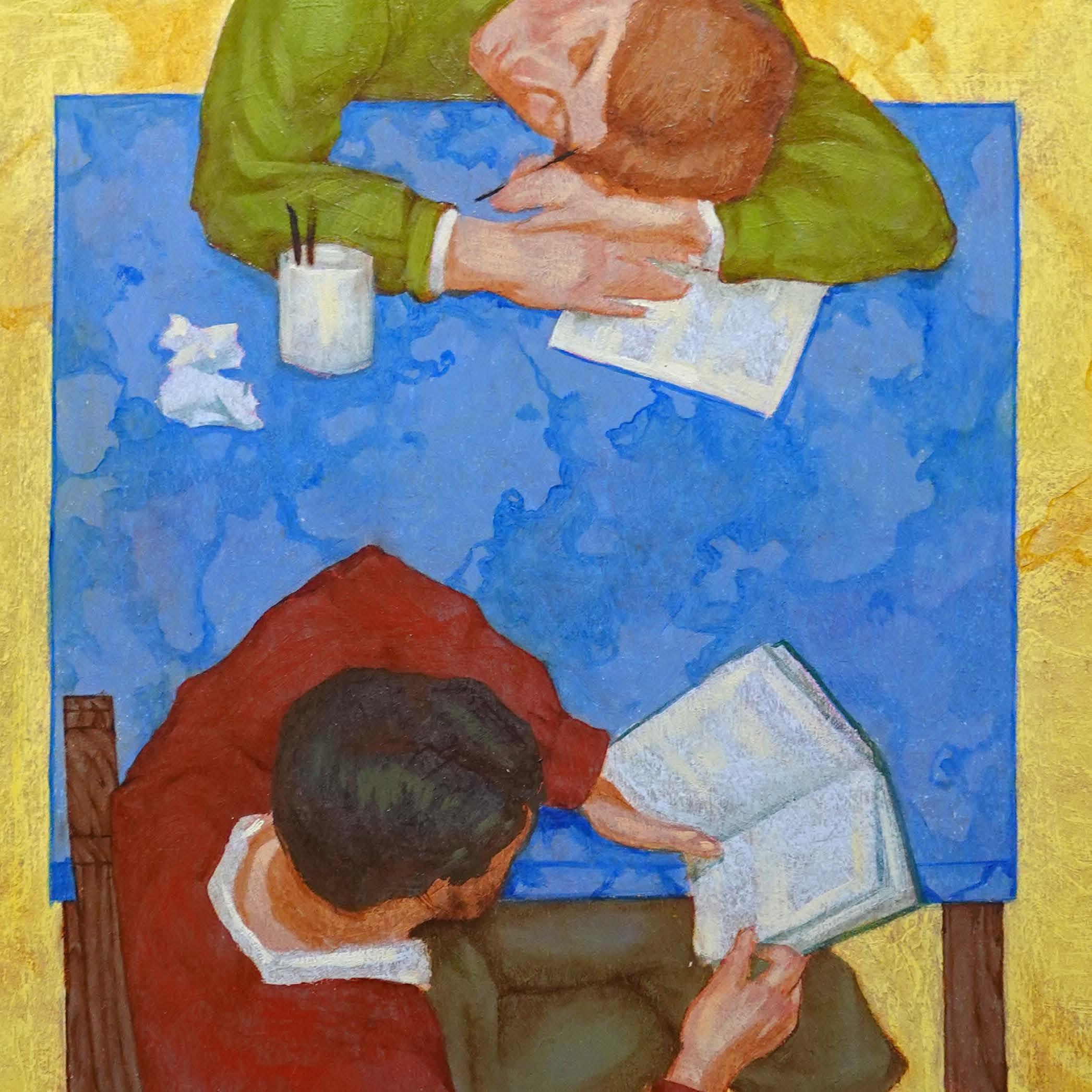

“Drifting
Off” Oil on Panel
35 x 23.5 in


Matthew Cornell’s childhood consisted of constant movement. Born in Fairfield, California in 1964, his father was in the Air Force and thus his first memories are of traveling across the United States in a car. Belonging everywhere but nowhere at the same time as his life was uprooted from one town to the next, cars, the open roads and all the pit-stop locations in-between destinations became more familiar than any childhood backyard. His childhood was, in a sense, the quintessential American experience, because the notion of a “road trip” was conceived and perpetrated by Americans. The automobile and the family trip was, and still is, an American tradition. It is these experiences driving across this land at a young age that formed his way of seeing things.
Recently his paintings have turned more complex, with dusk and night scenes, streetlights on secluded homes. The visual backdrop has allowed a subtle narrative of mystery and intrigue. “Landscapes at this hour are like ghosts that are unseen during the day, only to be revealed by the strange and myriad ways the night time glows,” explains Cornell.


Matthew Cornell
“Porky’s” Oil on Panel
12 x 12 in

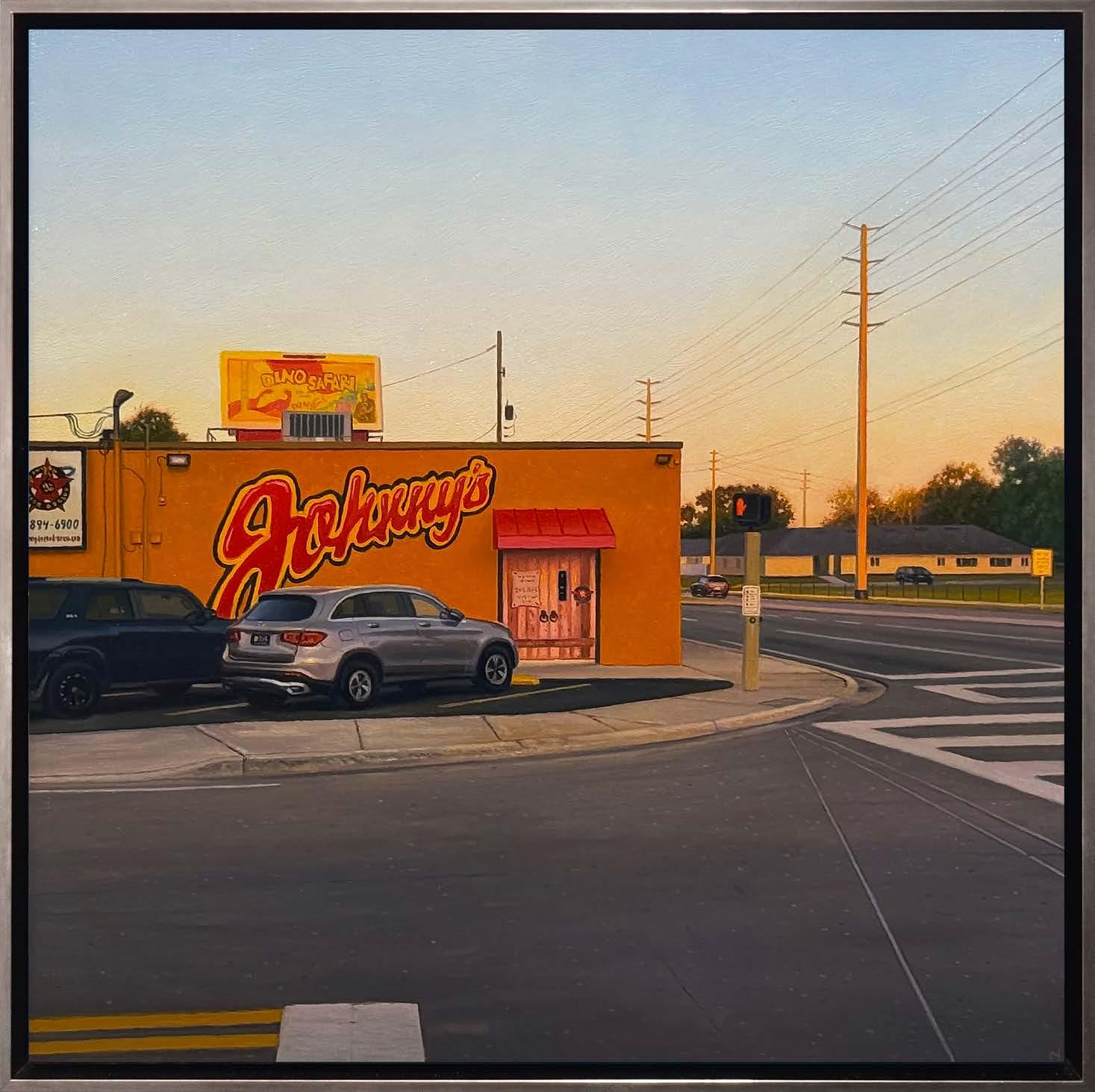
Matthew Cornell
“Johnny’s”
Oil on Panel 12 x 12 in


Matthew Cornell
“Matt’s Corner Crossroads” Oil on Panel
14 x 14 in

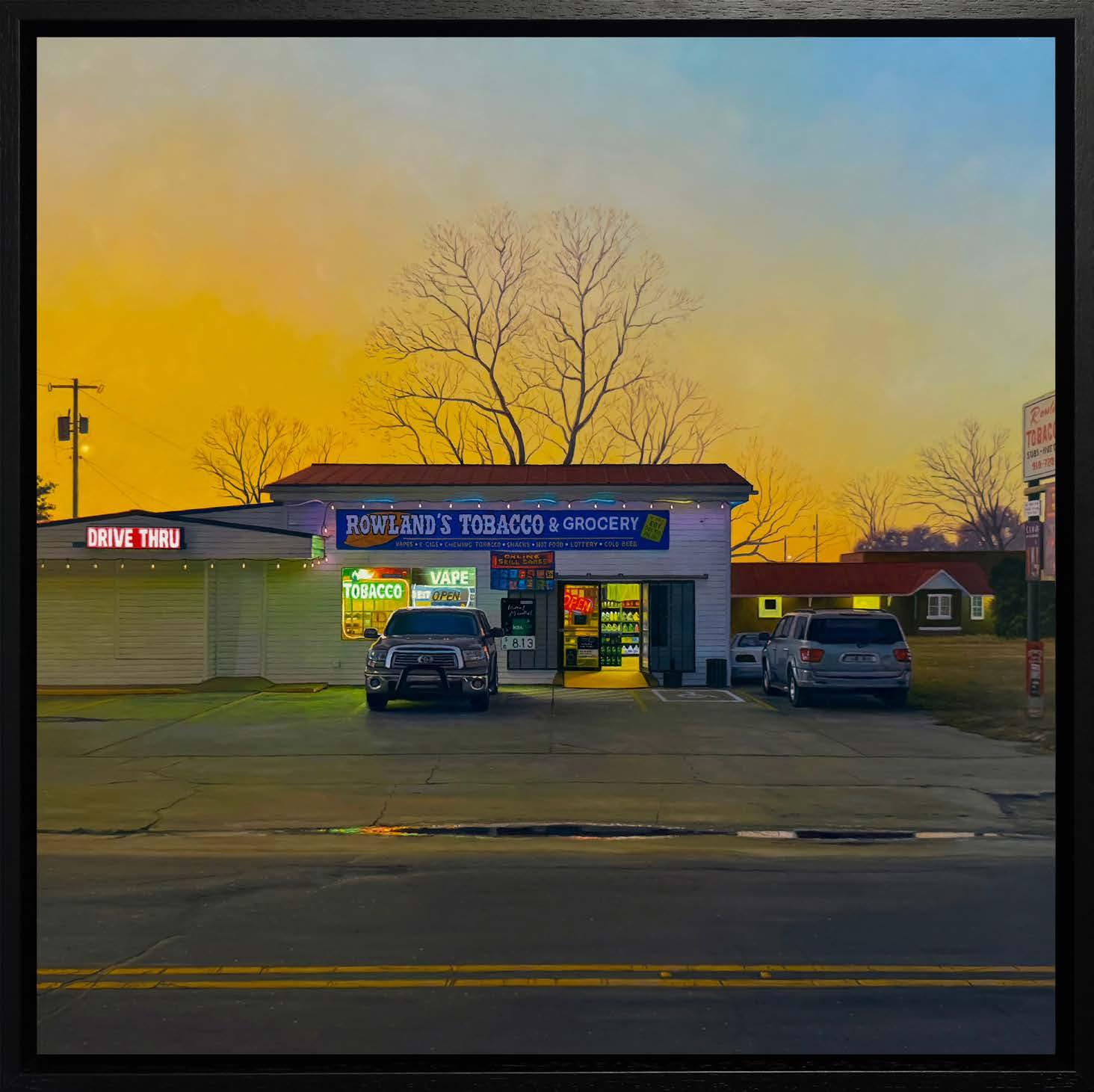
Matthew Cornell
“Rowland’s”
Oil
on
Panel 18 x 18 in
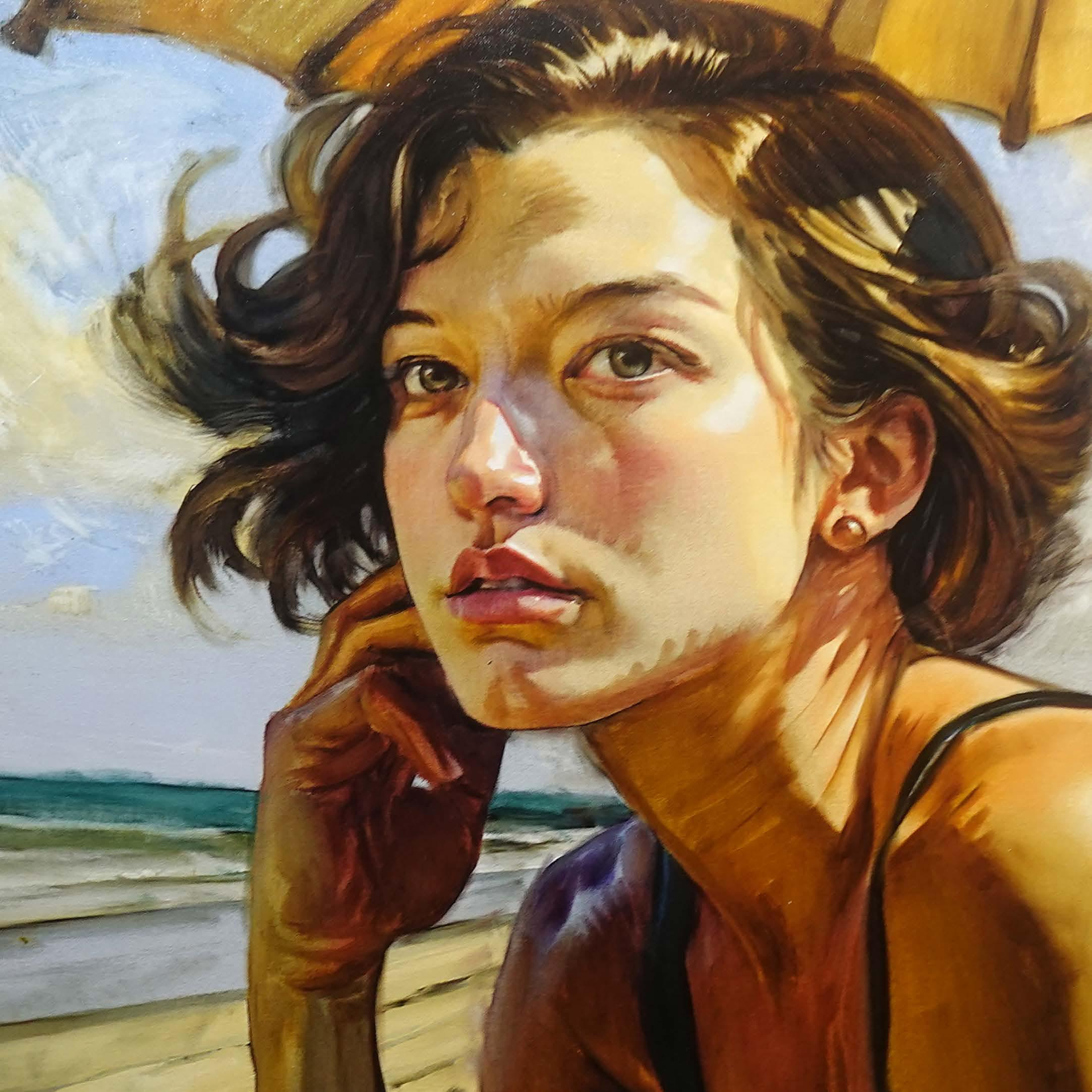

Brian Haberlin is internationally recognized for his pioneering visions in graphic novels and digital media, now turning his focus toward the depth and intimacy of painting. His work captures moments that exist between the personal, the imagined and the universal. The exhibition blends the narrative energy of his storytelling legacy with a more nuanced and contemplative choice of imagery.
Brian Haberlin’s work has been featured in American Art Collector, Beautiful Bizarre Magazine, Wired, and Rolling Stone, and is included in the permanent collection of the Smithsonian Museum. He teaches at the Minneapolis College of Art and Design and lectures worldwide on art and innovation.

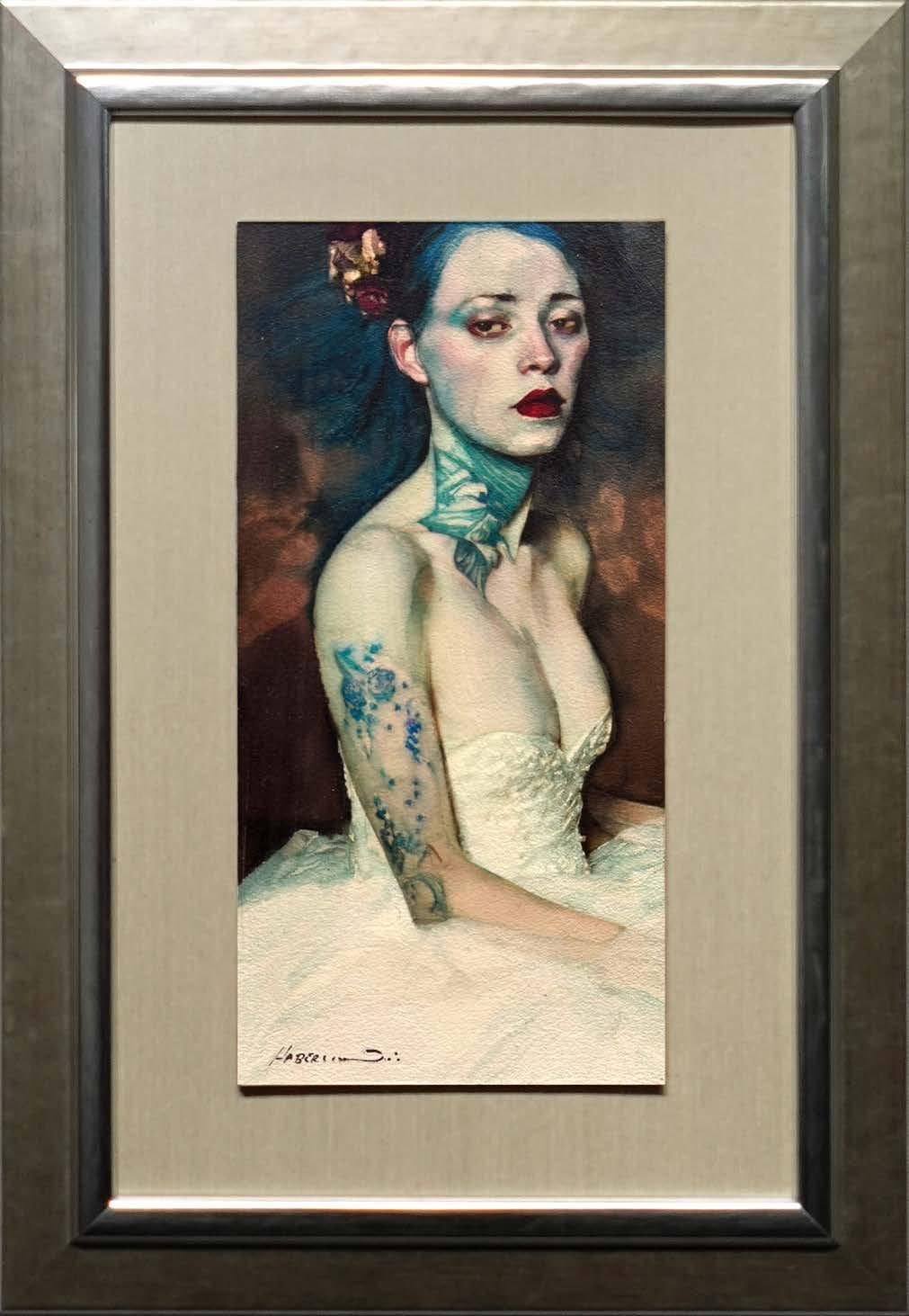
Brian Haberlin
“The
Bride” Watercolor on Paper 13 x 7 in


Brian Haberlin
“Sorceress”
Watercolor on Paper 13 x 20 in
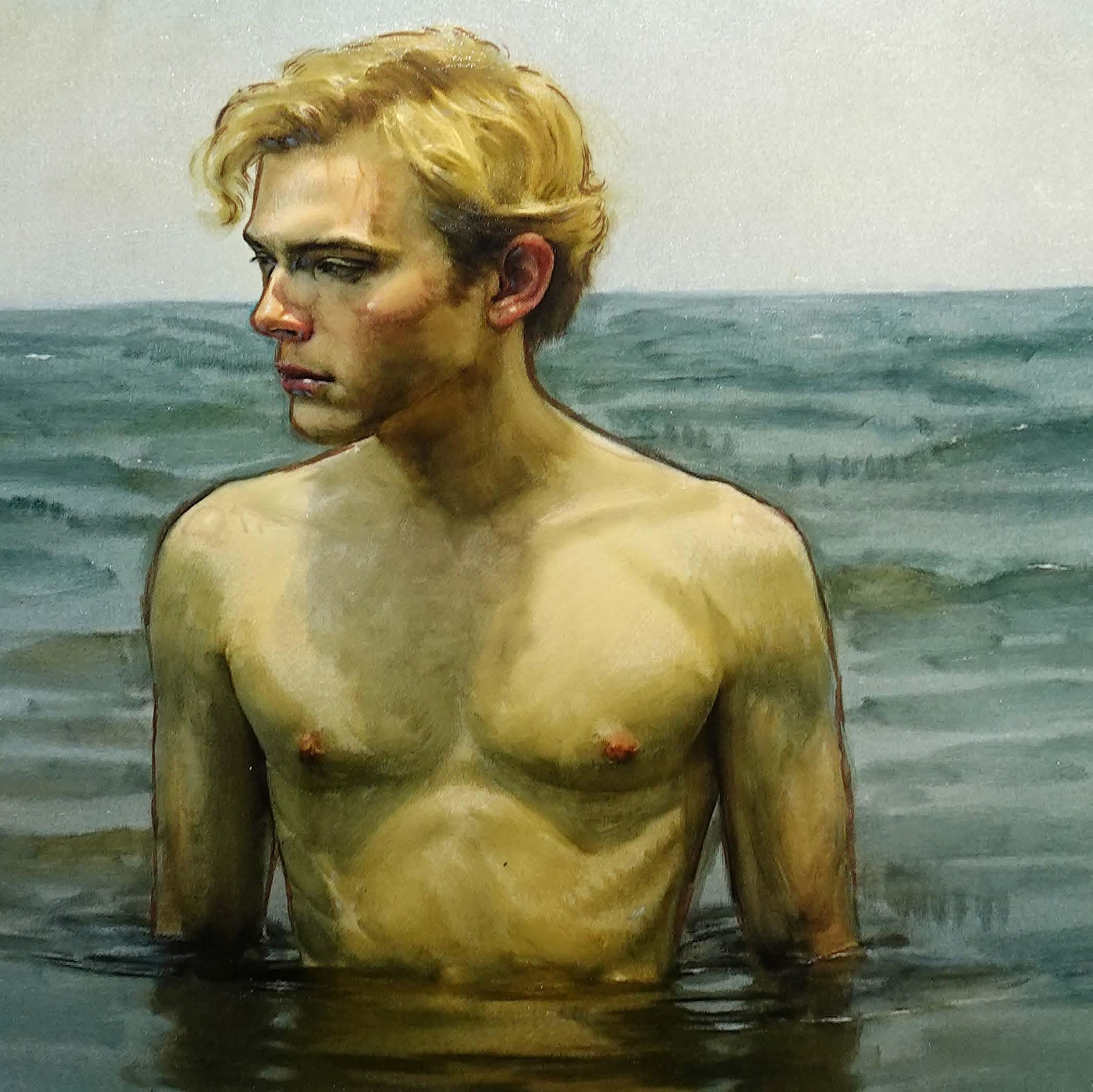

Brian Haberlin
“Merman” Oil on Canvas
40
x 37 in


Brian Haberlin
“Under the Umbrella” Oil on Canvas
31 x 42 in


Brian Haberlin
“Crimson Constrast” Oil and Acrylic on Canvas
44 x 36 in
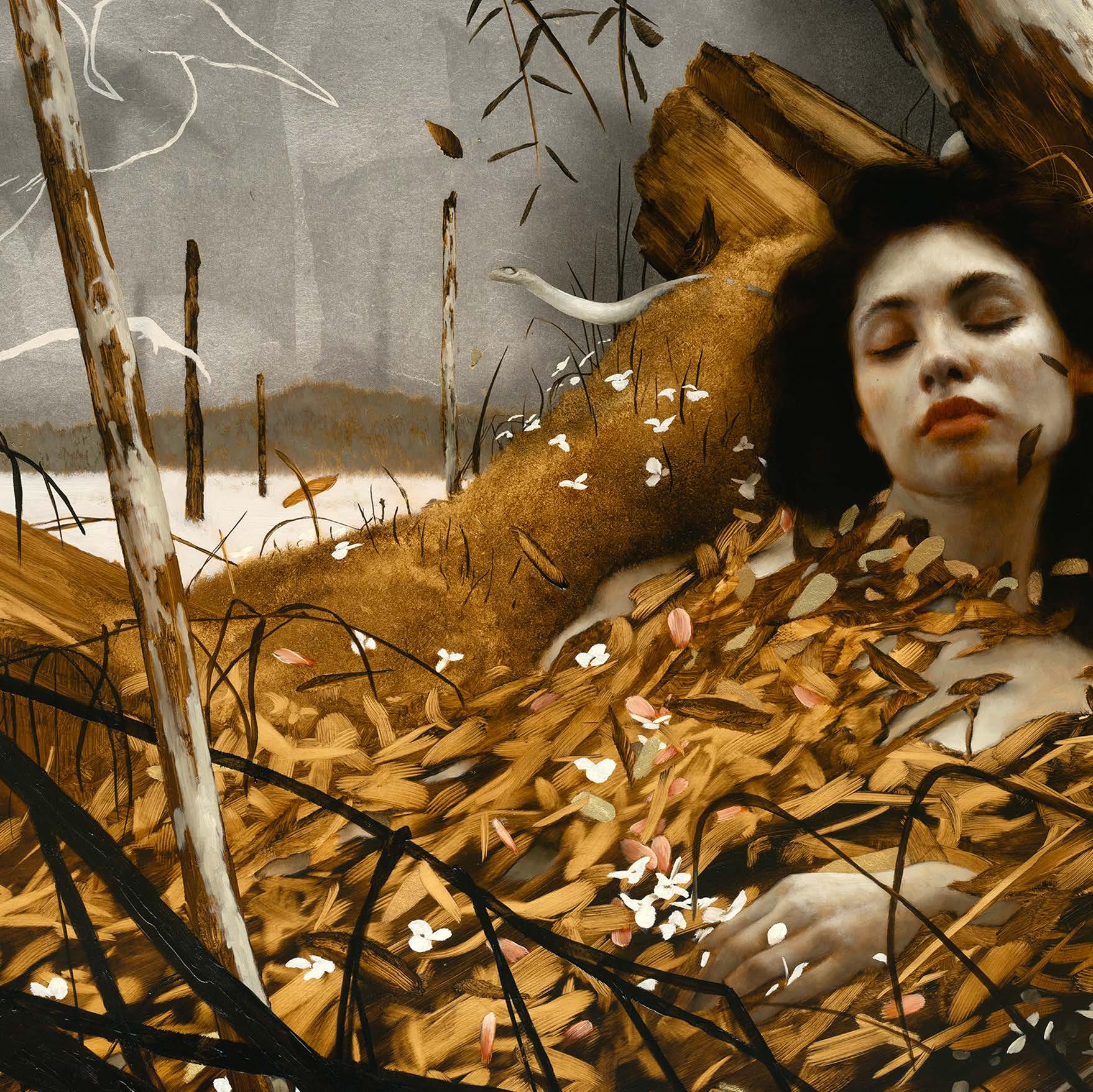

Brad Kunkle has become internationally known for his unique use of gold and silver leaf in contemporary oil painting. His themes explore the shedding of dogmas inherited from previous generations, intuition, and the power of feminine energies as guides for seeking enlightenment in symbiosis with the natural world.
Born in 1978 in rural Pennsylvania, Brad Kunkle spent his younger years exploring and romanticizing the beauty of the sparse countryside and the deep forests around him. From an early age he was drawn to the worlds of Maxfield Parrish and the Pre-Raphaelites -- worlds, he says, “where a subtle, supernatural beauty seems to be hiding under the breath of women -- worlds where something beyond our natural perception is waiting to be found.”
“I paint to connect with the part of being human that is beautiful and slightly dark, stripped to it’s truth and always changing -- The part of being human that appears to be romantic, but feels very real,” explains Kunkle.


Brad Kunkle
“Second Ascent” Oil, Gold and Silver Leaf on Linen-ACM Panel
36 x 24 in


Brad Kunkle
“I Am Not Who I Appear To Be” Oil, Gold and Silver Leaf on Panel
24 x
18 in

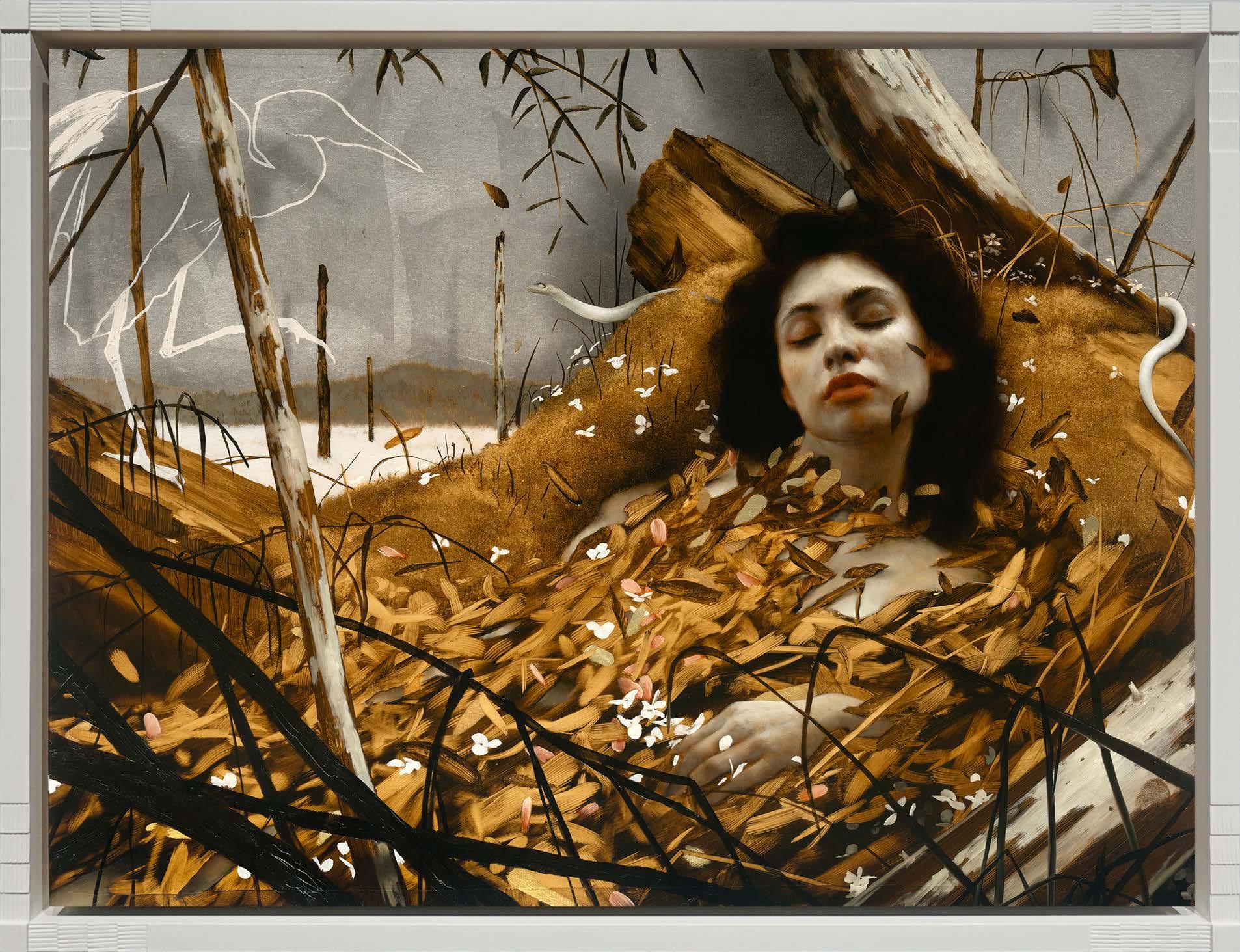
Brad Kunkle
“The Great Divide” Oil, Gold and Silver Leaf on Panel
18 x 24 in


Malcolm Liepke explores the raw emotion of youthful intimacy. Particularly of note are the group compositions, where his subjects interact, evoking tender and sensual feelings, modifying the potential solipsism of their characters. Genuine emotion is on display in a world of mutual grooming and self-presentation.
Liepke’s fascination with the art world began at a young age. During his senior year of high school, he realized that being an artist was the “only thing I was cut out to be.” So he packed his bags and moved from his native Minnesota and moved to California where he enrolled in the Art Center College of Design in Pasadena. He soon became frustrated, however, with the curriculum that emphasized abstraction and conceptual art. After a year and a half, he dropped out. “They weren’t going in the direction that I wanted to go,” he explained. “They were promoting superficial and trendy techniques. I wanted to learn from the masters that I saw in the museums.”

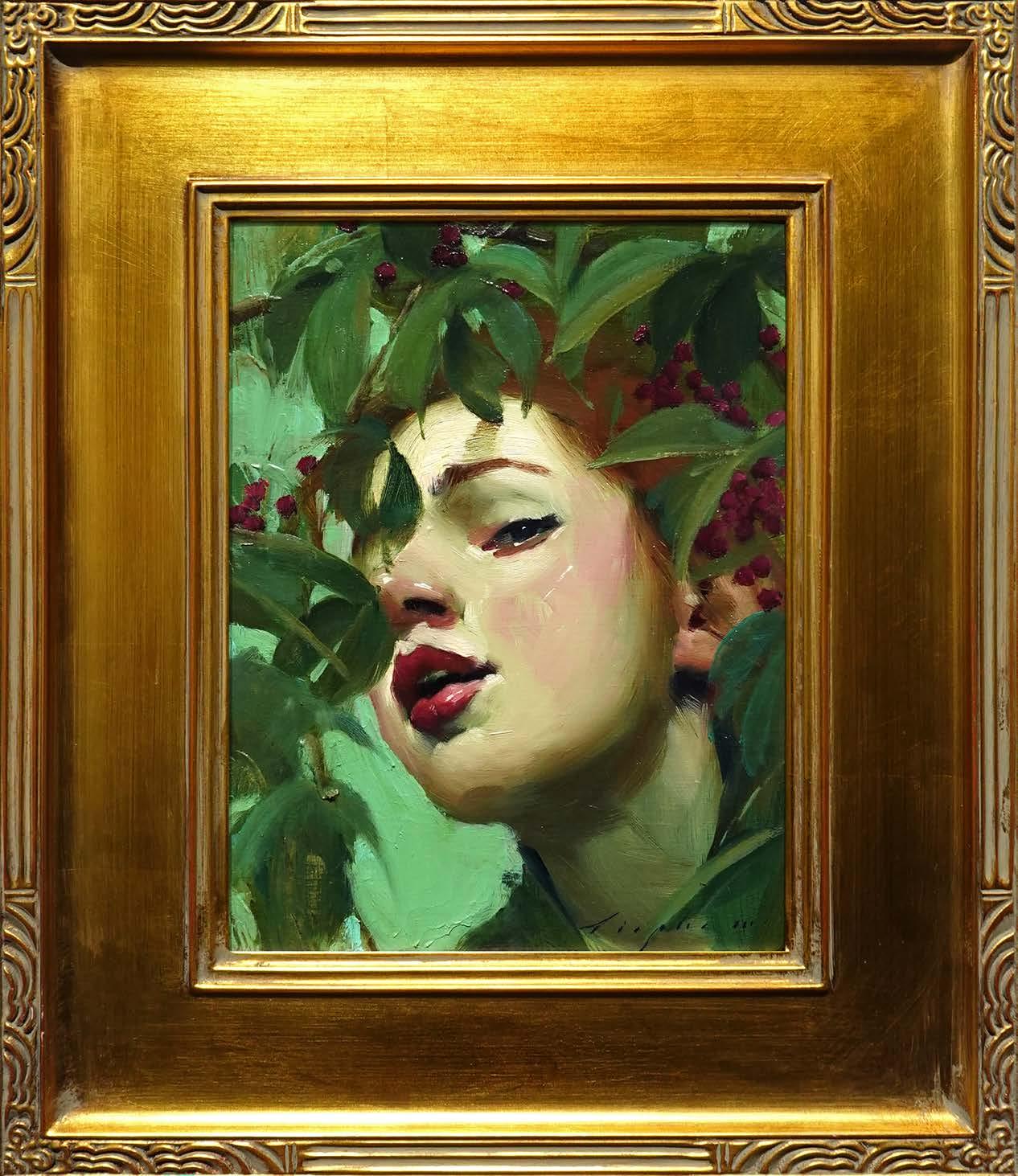
Malcolm T. Liepke
“Peeking
Through” 2010 Oil on Canvas
12 x 9 in
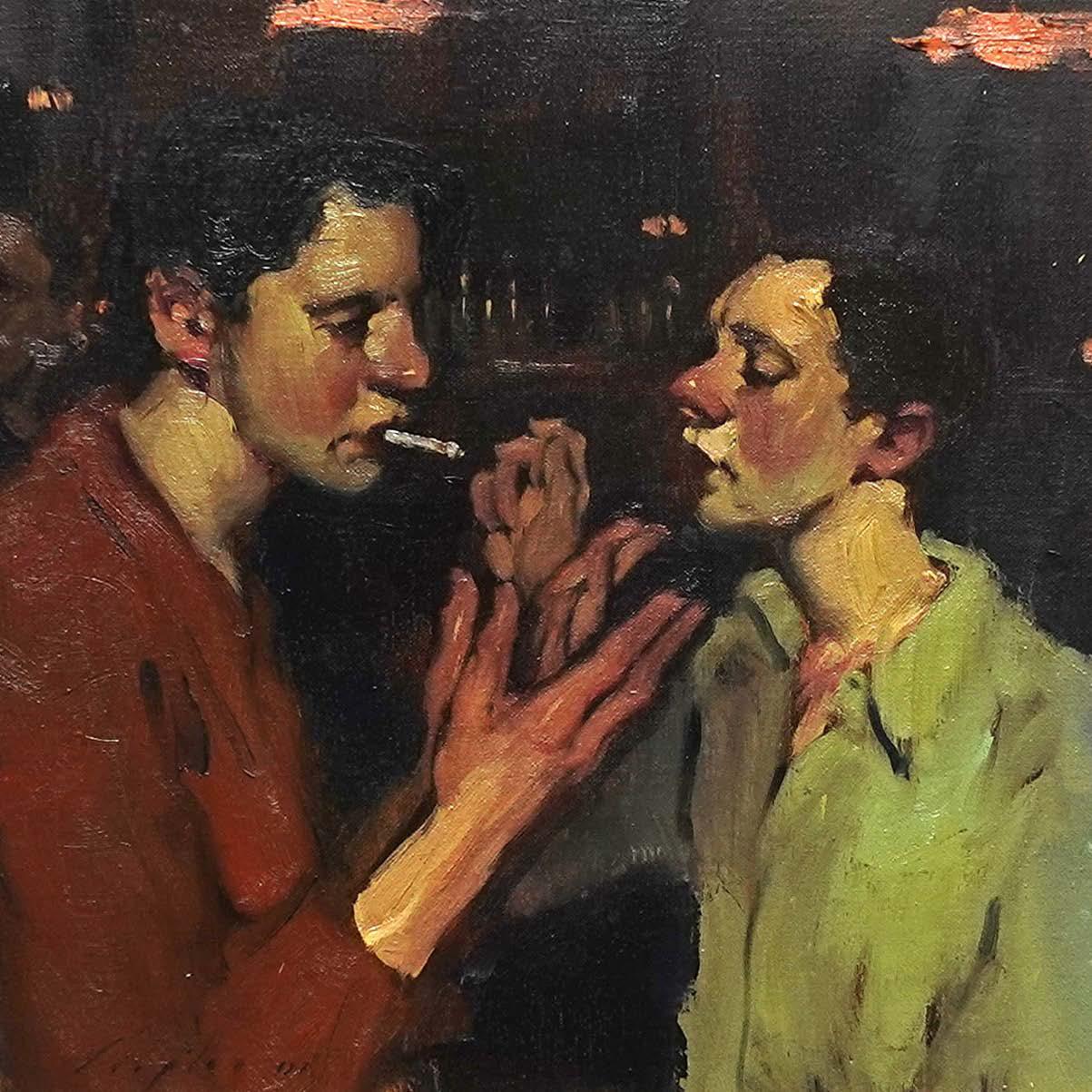
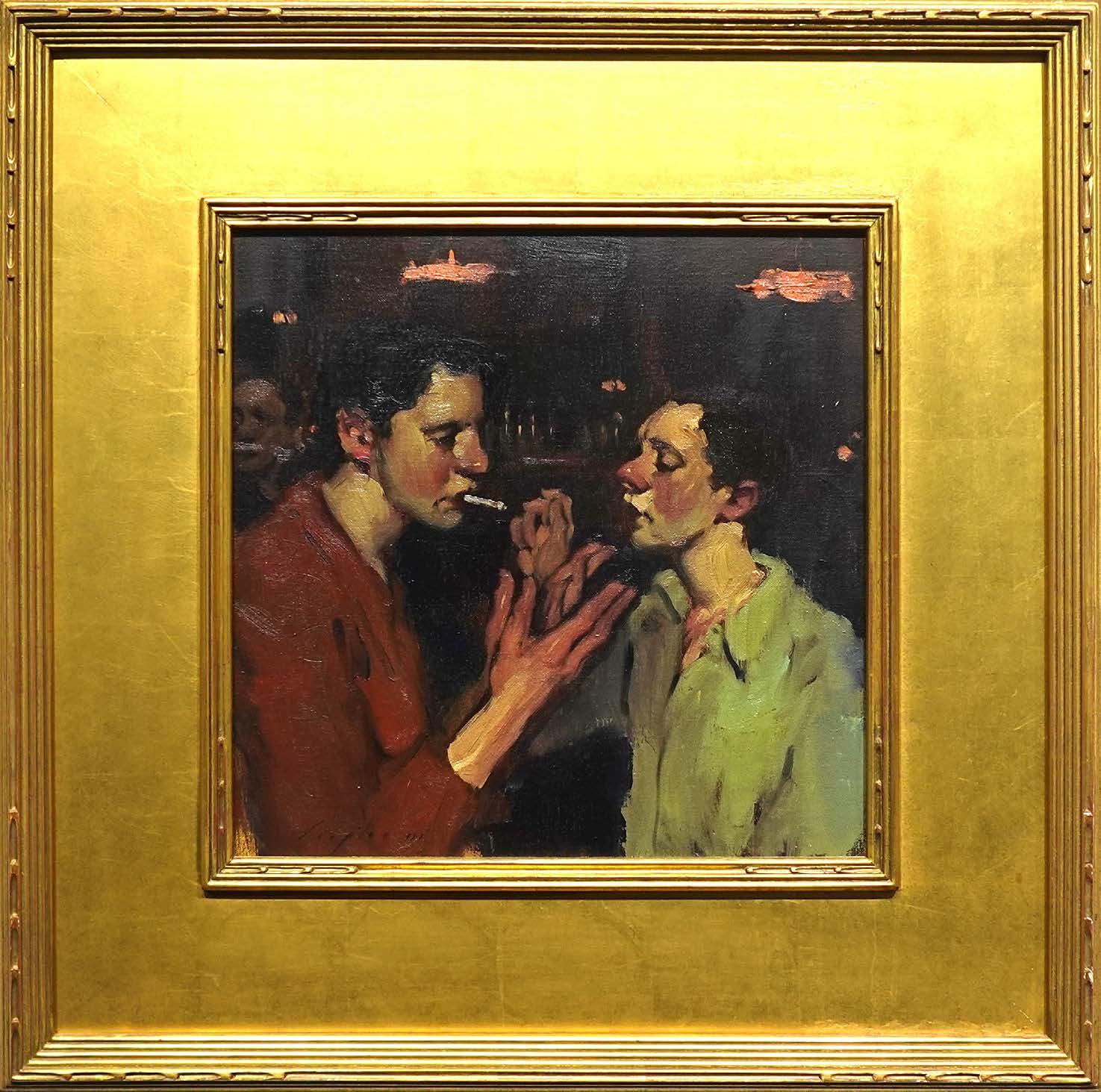
Malcolm T. Liepke
“A Different Opinion” 2001 Oil on Canvas
14 x 14 in


14 x 18 in
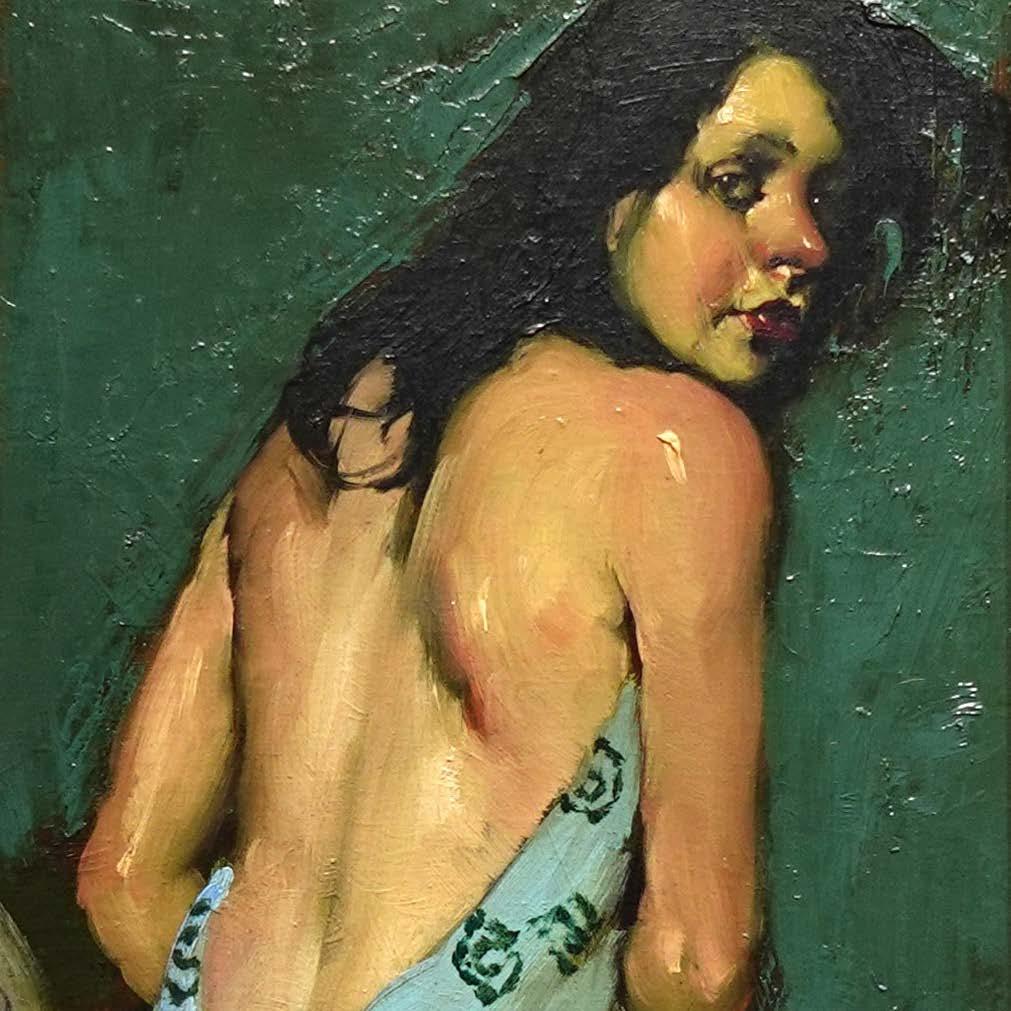

Malcolm T. Liepke
“Looking Back” 2006 Oil on Canvas
16 x 12 in


Malcolm T. Liepke
“The
After Party” 2025 Oil on Canvas
40 x 30 in


Stephen Mackey is a self-taught fine artist who is noted for his atmospheric paintings and drawings. His illustrations and paintings have an ethereal, mystical quality, enhanced by his use of muted colours and fantasy settings. Mackey’s paintings serve as portals to lands of darksome lullabies, unsettling dreamscapes of perpetual twilight evanescence. With each brushstroke, Mackey weaves secret tales of the precious and the sinister, the twisted romance of unquiet beauty.
Stephen Mackey believes that less or no information empowers a feeling of mystique, both in his life and through his art. “I’m 45, married, lots of children, cats, and a rabbit. I’m also selftaught, so if you’re going to give [information] away, let it be that,” says Mackey.
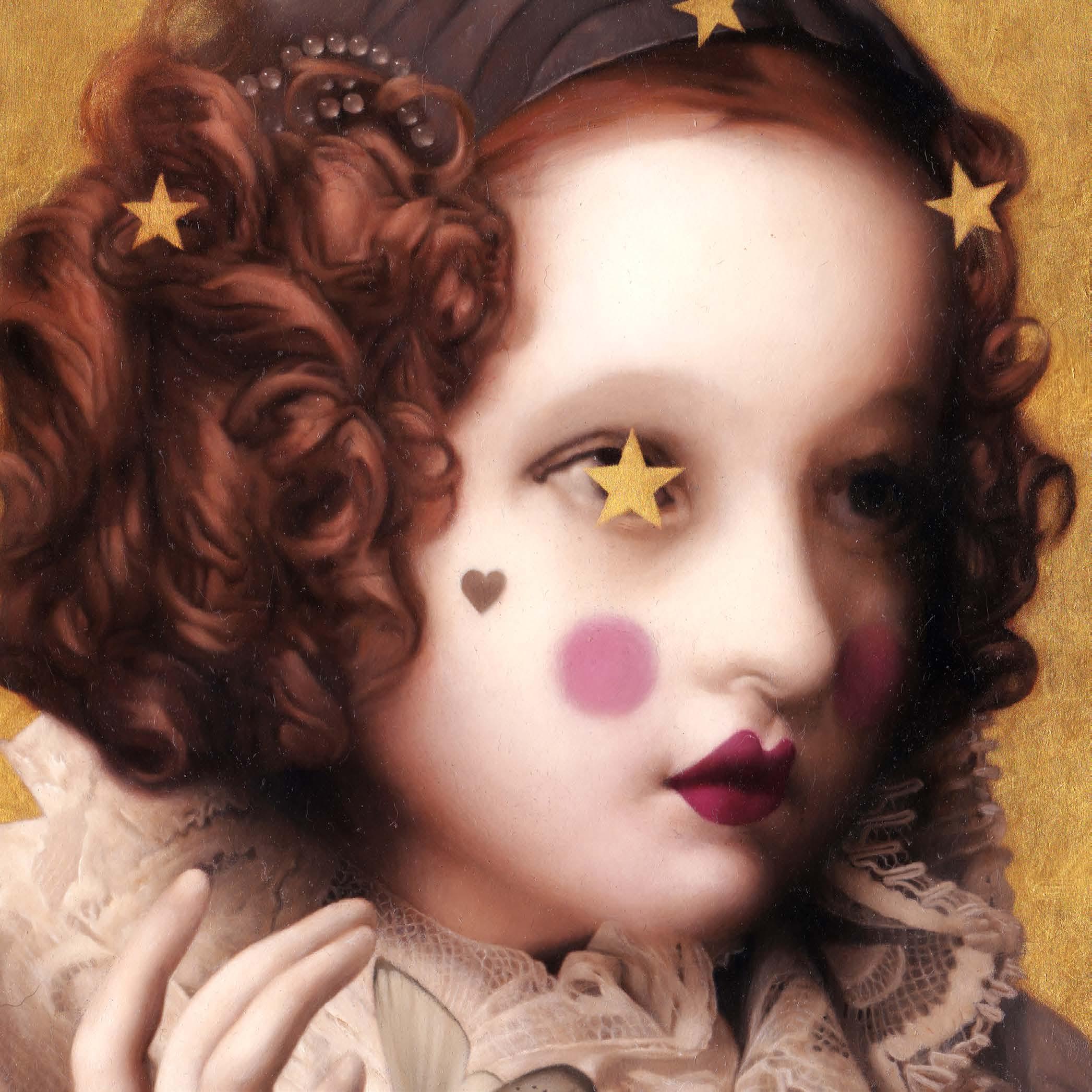

Stephen Mackey
“Pierrot Etoilaire” 2025
Oil on Panel
18 x 14 in


Stephen Mackey
“The
Red Sea” 2025 Oil on Panel 22 x 12 in


Stephen Mackey
“The Last Afternoon” 2025 Oil on Panel 22 x 12 in


J. Adam McGalliard is a contemporary realist artist who blends traditional oil painting with modern technology to explore identity, myths, and the divides shaping today’s society. His artwork is rich in layers, weaving personal stories with archetypes. Futuristic figures surrounded by natural environments invites the viewer to ponder the intricate dynamics between humanity and nature.
His latest series, Erewhon, captures unreal figures in surreal settings, envisioning potential futures amid societal polarization and climatic upheaval. Previous collections, like Personas, investigate the complex expressions and roles people adopt within our changing world.


“Nephele” Oil on Linen
7 x 5 in

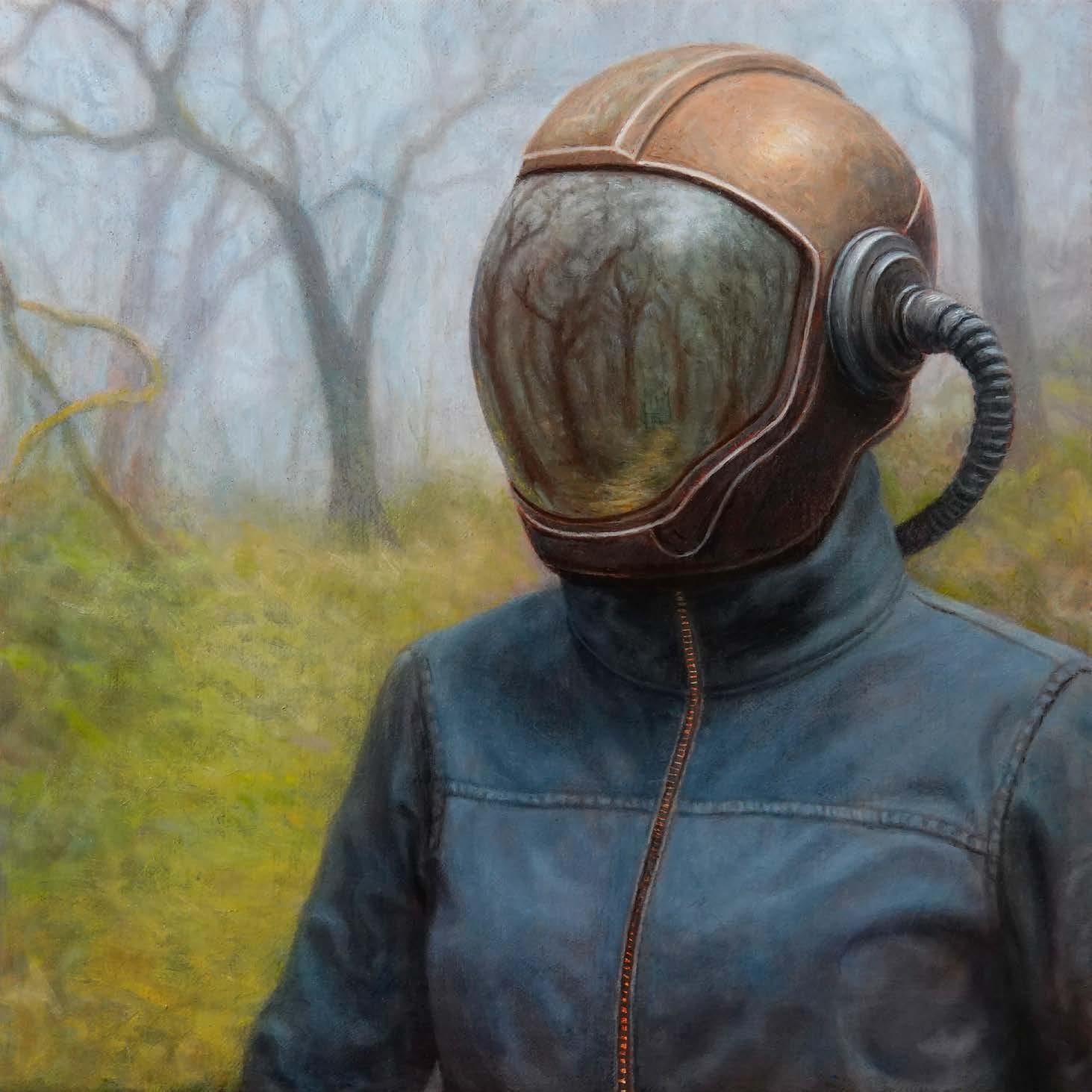
“Dryad” Oil on Linen
12 x 12 in

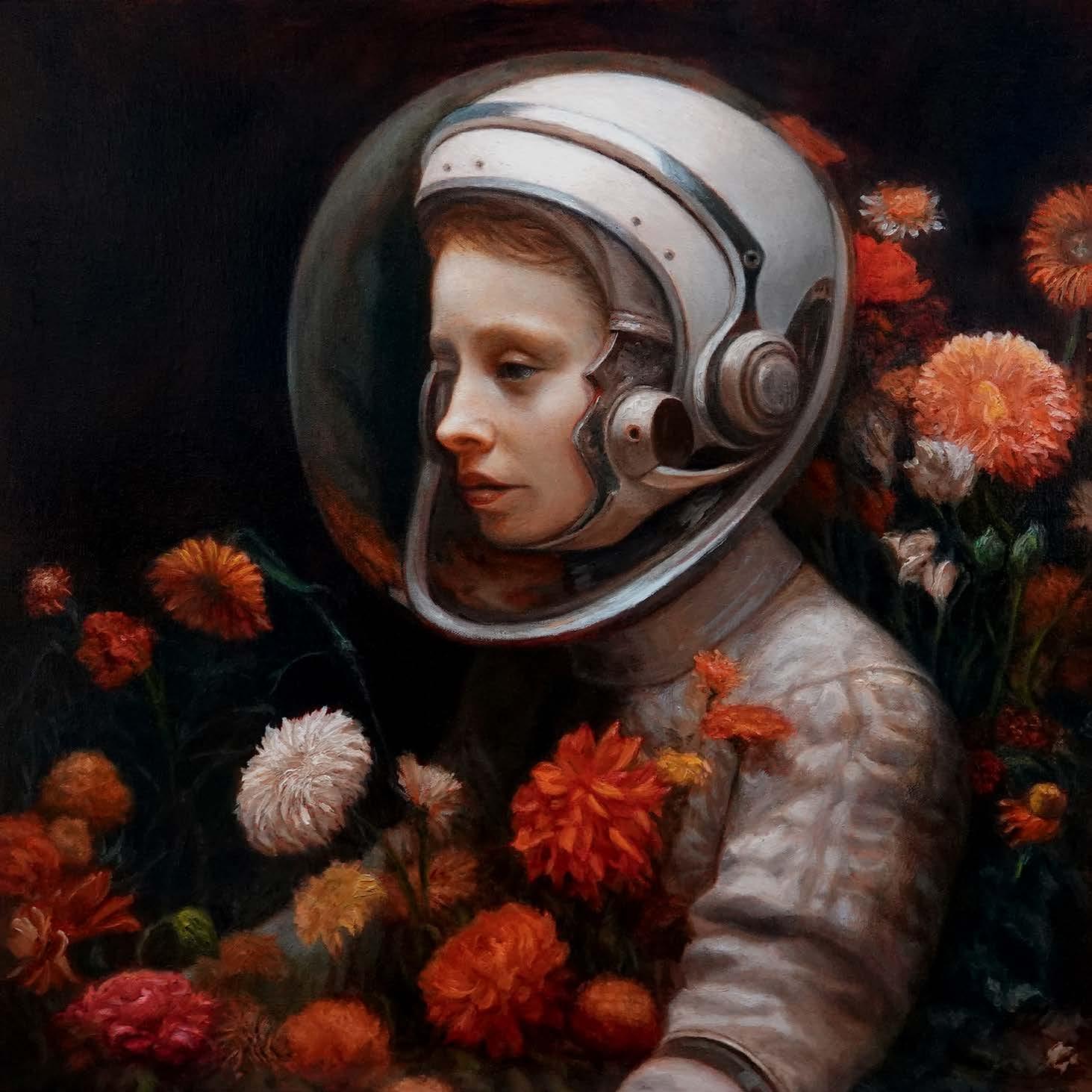
“Persephone
18 x 18 in

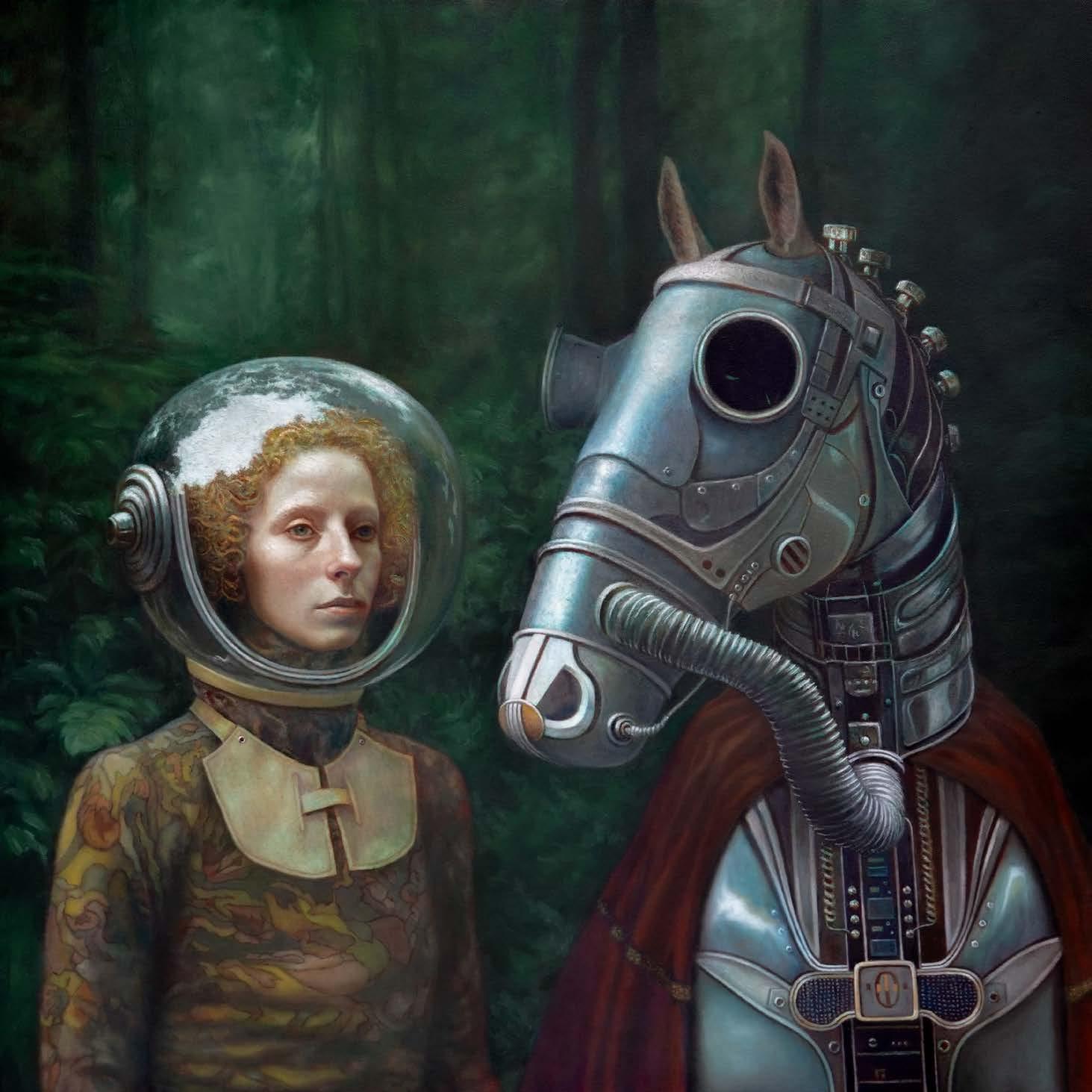
“Boudica” Oil on Canvas
36 x 36 in


J. Adam McGalliard
“Narcissus” Oil on Canvas
36 x 36 in


“Ophelia” Oil on Canvas
44 x 56 in


Born in Sevilla, Spain in 1976, Alberto Ortega creates oil paintings made after miniature sets that he builds as references. The small-scale sets enable him to recreate suburban scenes using details that recall the 1950s. Since he’s able to control the angle and point of view, the lighting, the location of every element, much like a film director would do, his works have a strong cinematic feel.
As an immigrant to the United States, Alberto is intrigued by American suburban life as depicted in film, literature, and visual art. Through these images of American homes, buildings, and neighborhoods, he portrays society and some of its contradictions. These scenes represent hopes and dreams, the threat of their failure, and alienation.

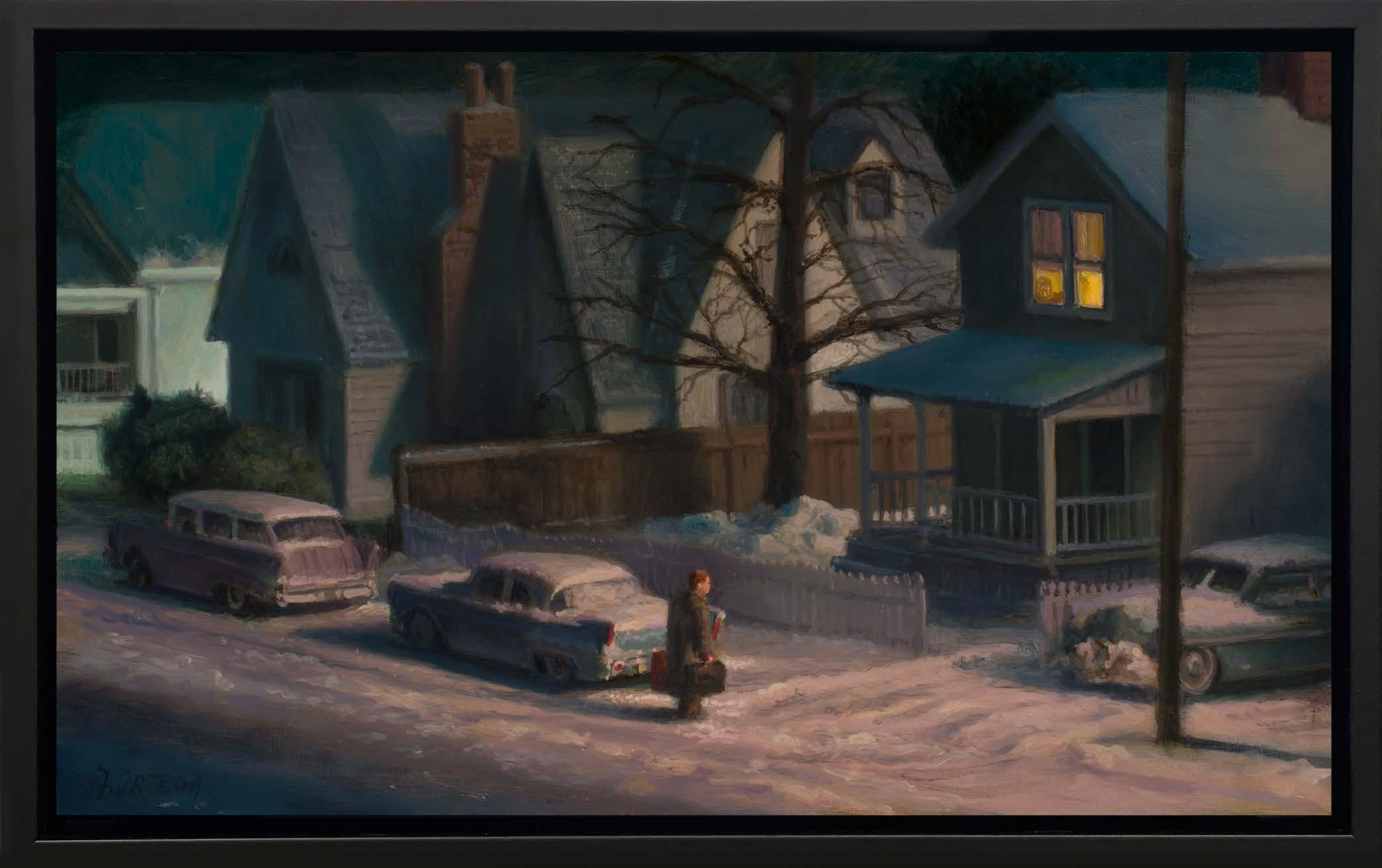
Alberto Ortega
“The Gambler” Oil on Panel 9 x 15 in
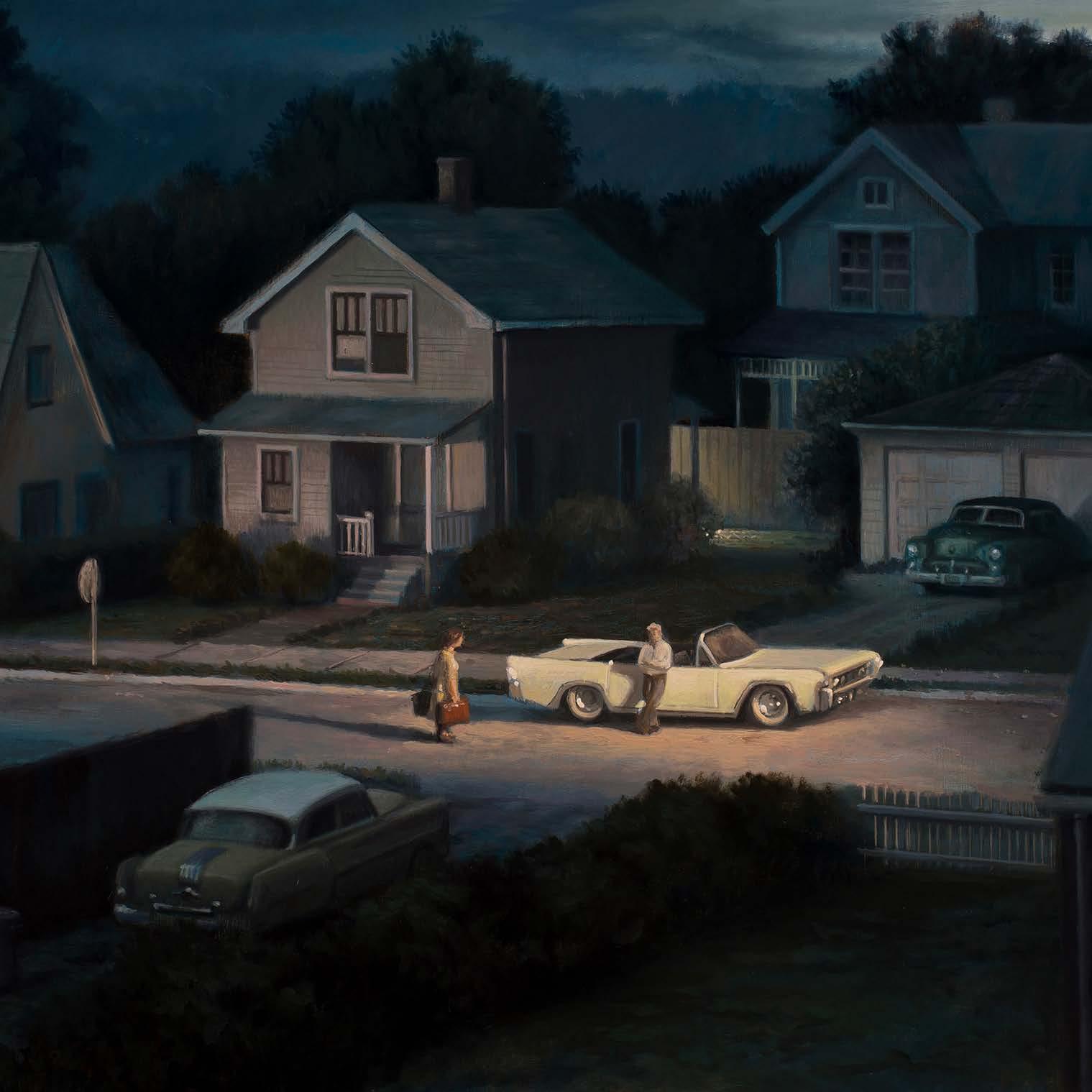
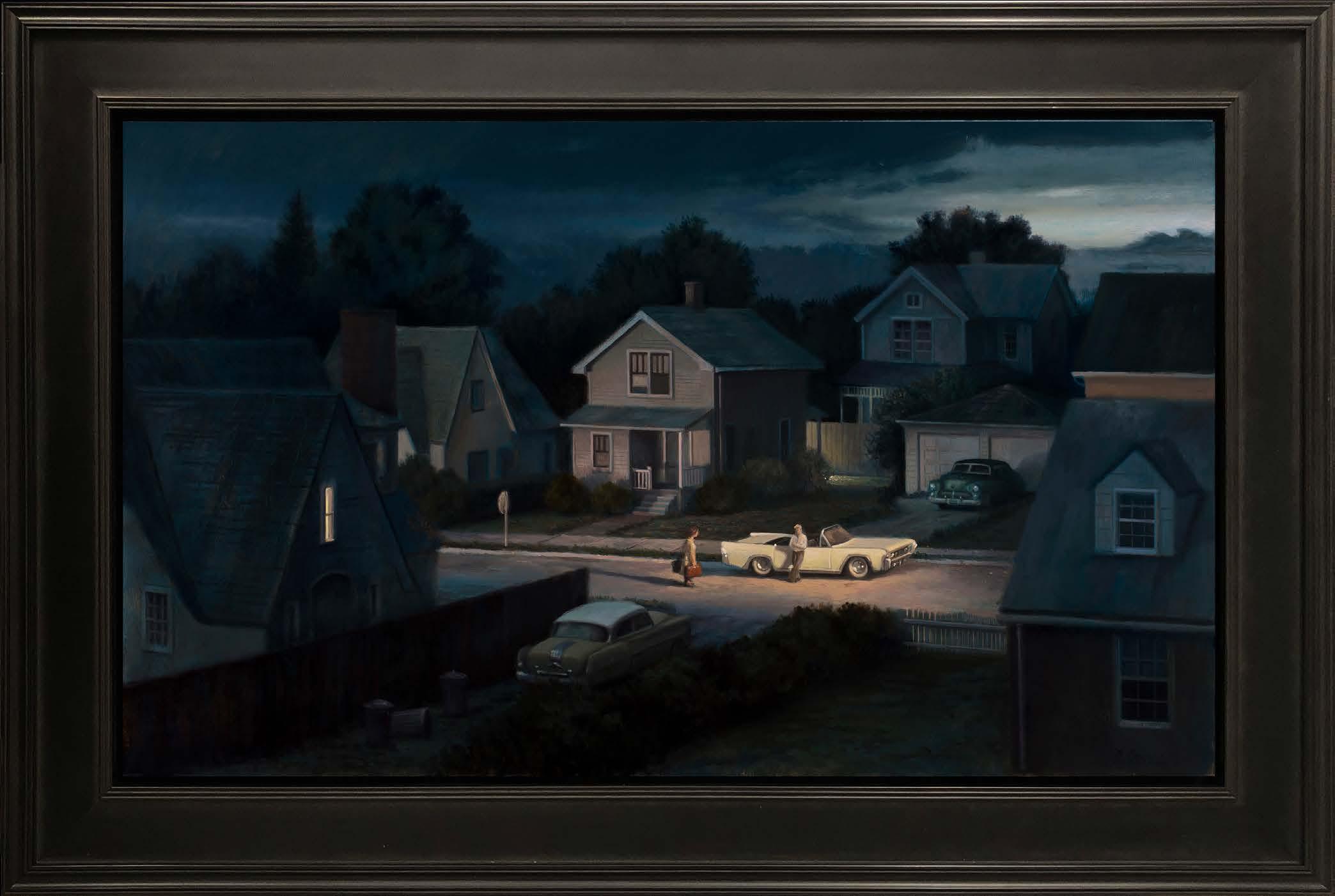
Alberto Ortega
“An Inquiry” Oil on Canvas
18 x 30 in


Alberto Ortega
“Choir Practice” Oil on Panel
20.5 x 33 in


Alberto Ortega
“The Clock Tower” Oil on Panel
36 x 46 in


The visual experience is the heart of Denis Sarazhin’s paintings; where instead of offering a complete narrative, he allows the figures to be the guides. Many of the bodies in Sarazhin’s paintings are in motion. Their forms constantly move off the canvas in the scene. “The idea of concentrating on the figure more than the face comes from impressions of contemporary dance and pantomime theater, where body language is the main method to express emotion and feelings,” says Sarazhin.
Born in Nikopol, Ukraine in 1982, he attended the Kharkov Art and Design Academy, graduating in 2008. Specializing in painting, the human figure has been the focal point of Sarazhin’s work for several years, but his treatment of the subject is constantly evolving.


Denis Sarazhin
“Trick of the Senses” Oil on Canvas
24 x 24 in
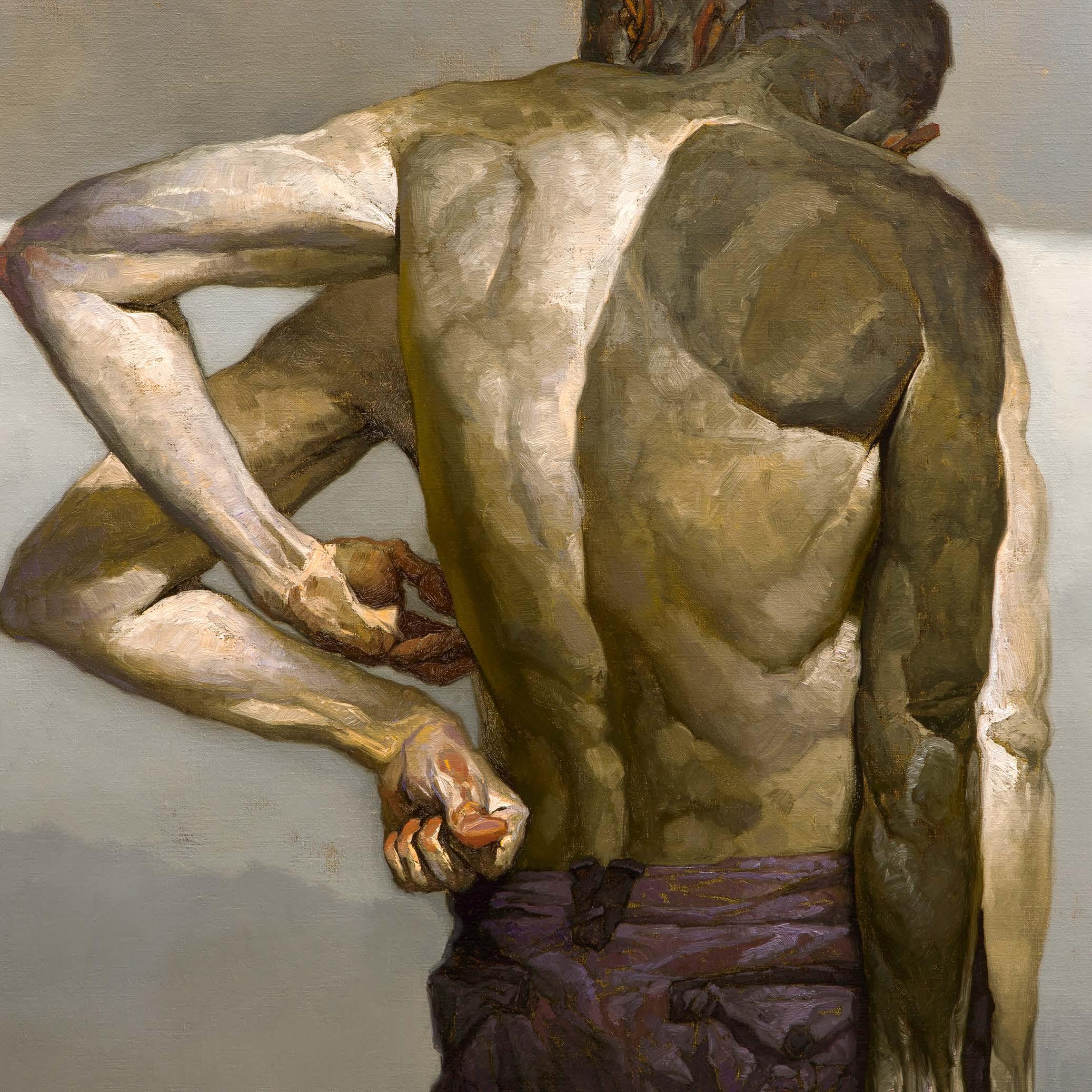

“Stop Pretending” Oil on Canvas
24 x 24 in


“Mythic
24 x 24 in

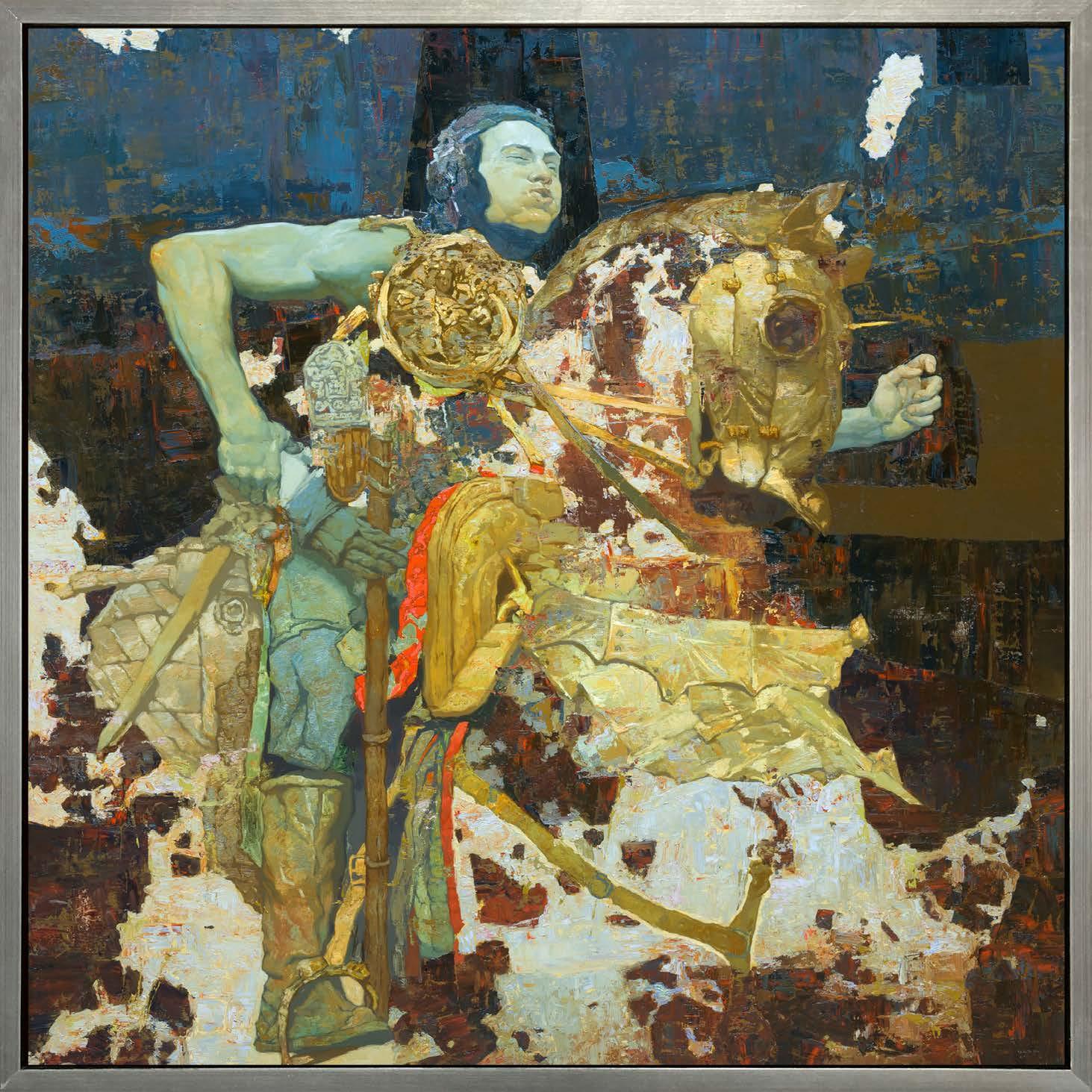
Denis Sarazhin
“Onward Ever” Oil on Canvas
45 x 45 in


Denis Sarazhin
“Visionaries” Oil on Canvas
40
x 54 in
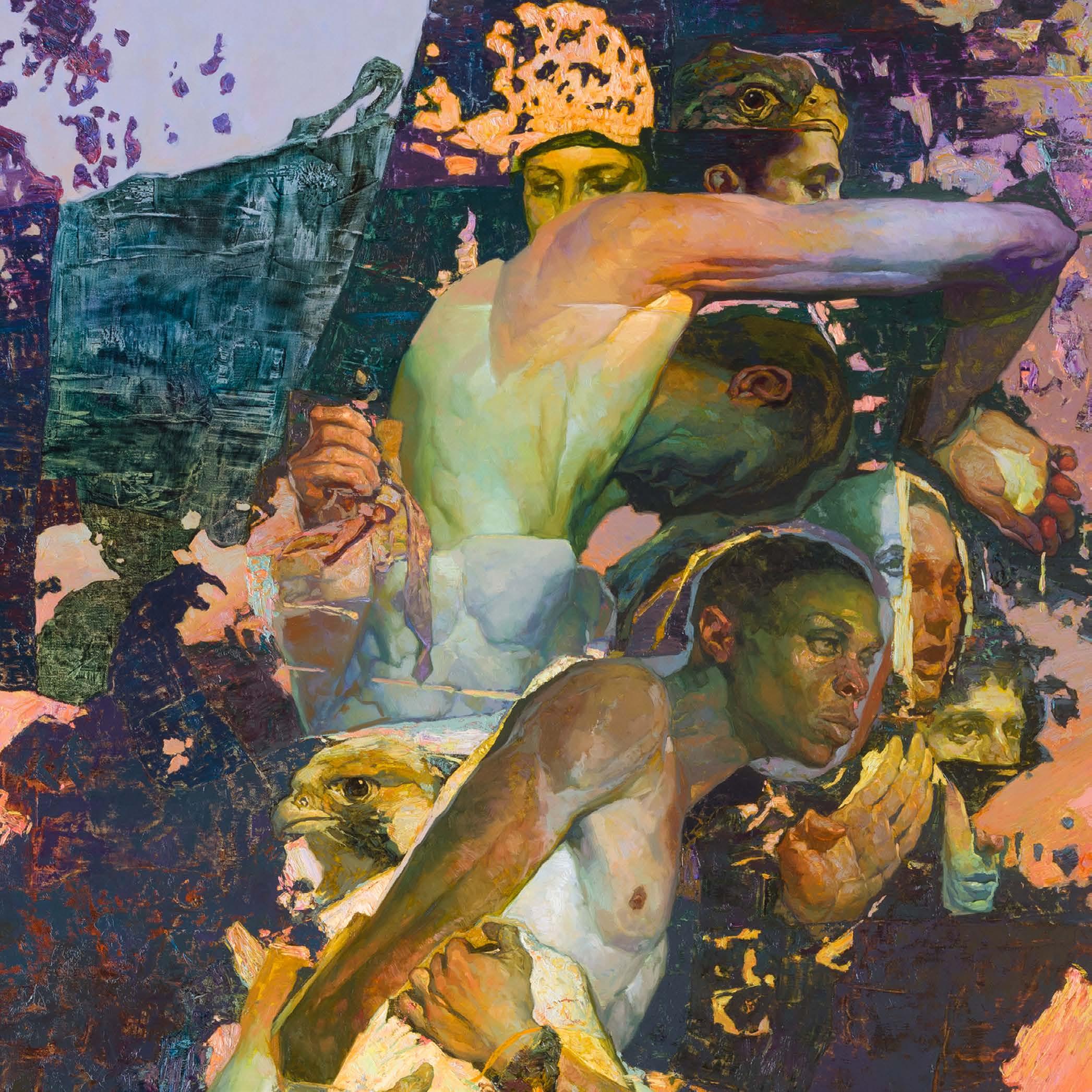

Denis Sarazhin
“The Weight of the World” Oil on Canvas
104 x 40 in


Daniel Sprick creates meticulously rendered paintings that balance technical precision with subtle painterly expression. His diverse body of work spans portraiture, still life, and figurative compositions, capturing subjects from all walks of life with equal dedication and sensitivity.
Born in Little Rock, Arkansas, and now based in Denver, Colorado, Sprick refined his masterful technique through studies at the Ramon Froman School of Art, the National Academy of Design in New York, and earned degrees from Mesa College and the University of Northern Colorado.

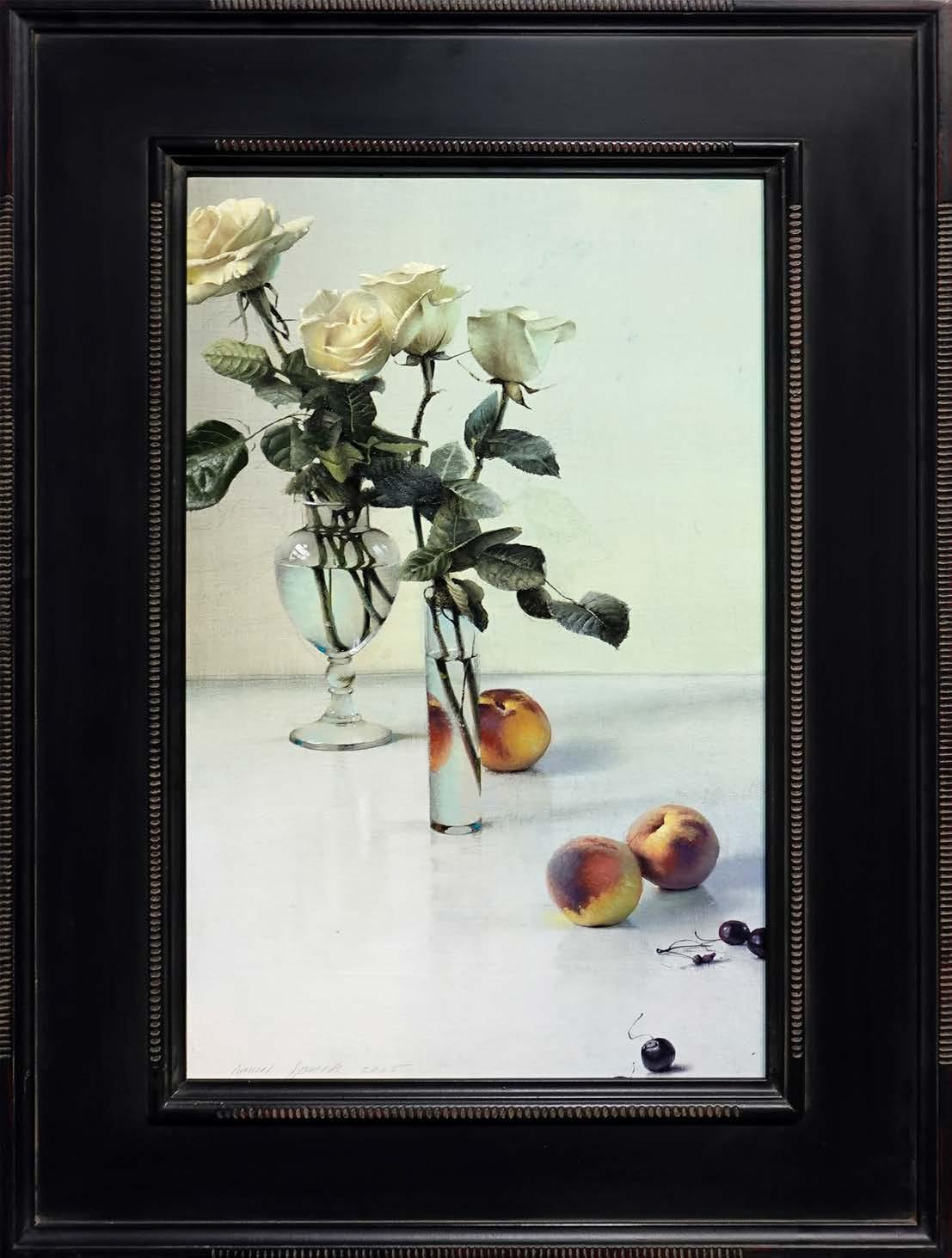
Daniel Sprick
“White Roses and Peaches” Oil on Panel
22 x 13 in


Daniel Sprick
“Night Lilac” Oil on Panel
22 x 28 in


Daniel Sprick
“What Dreams May Come”
Oil on Panel
36 x 32 in
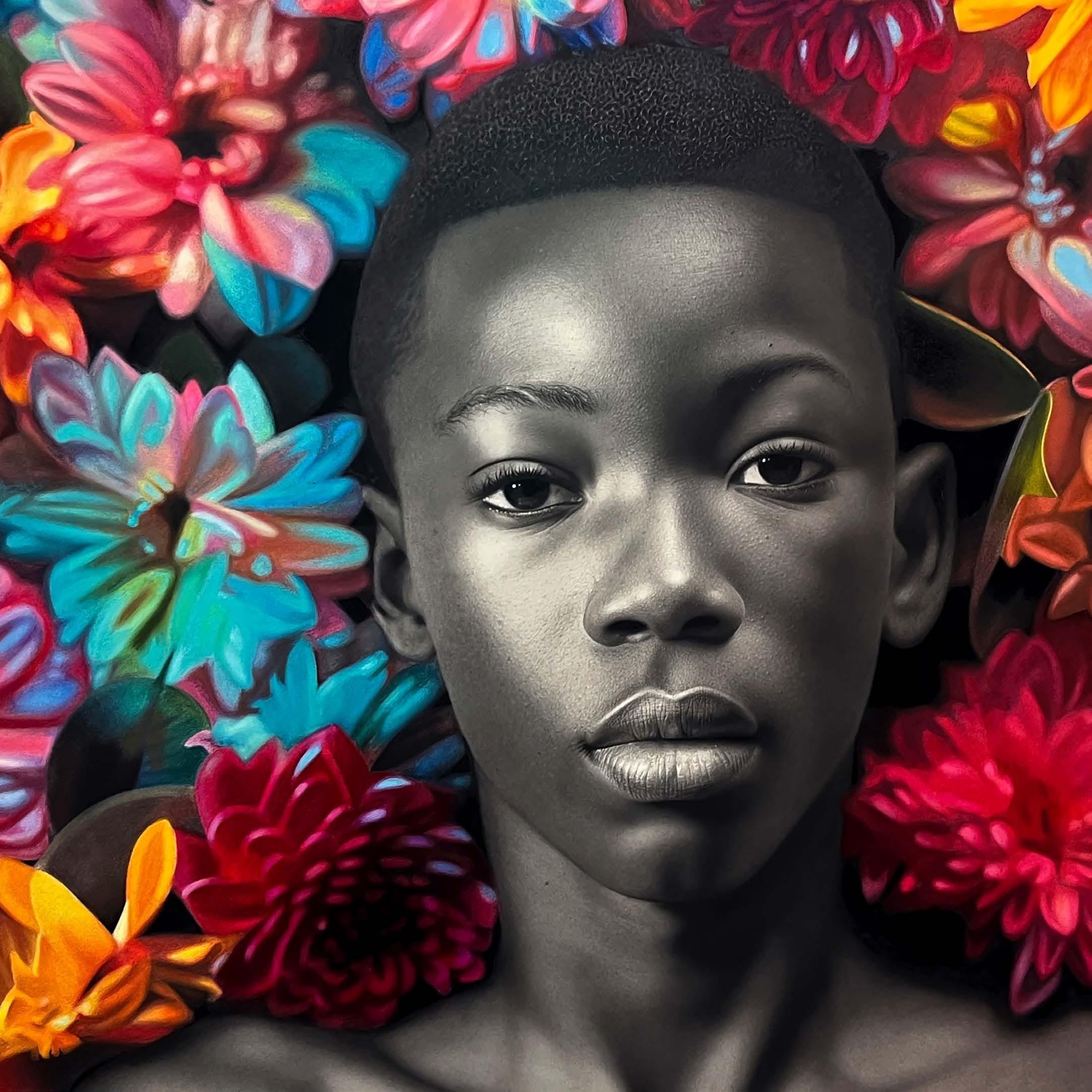

Guided by patience, practice, and persistence, Arinze Stanley creates hyperrealist drawings that channel both personal and collective experience. His meticulously rendered portraits confront the emotional weight of identity, oppression, pressure, and transformation, reflecting a deep commitment to social and political truth. Through his work, Stanley invites empathy and awareness, using realism to provoke reflection and human connection.
“My art is born out of the zeal for perfection both in skill, expression and devotion to create positive changes in the world. I draw inspiration from life experiences and basically everything that sparks a feeling of necessity, I find myself spending countless hours working on an artwork to stimulate deep and strong emotions in order to connect more intimately with my viewers. Most times it’s almost like I lose control of my pencils and the art flows through me to the paper.”

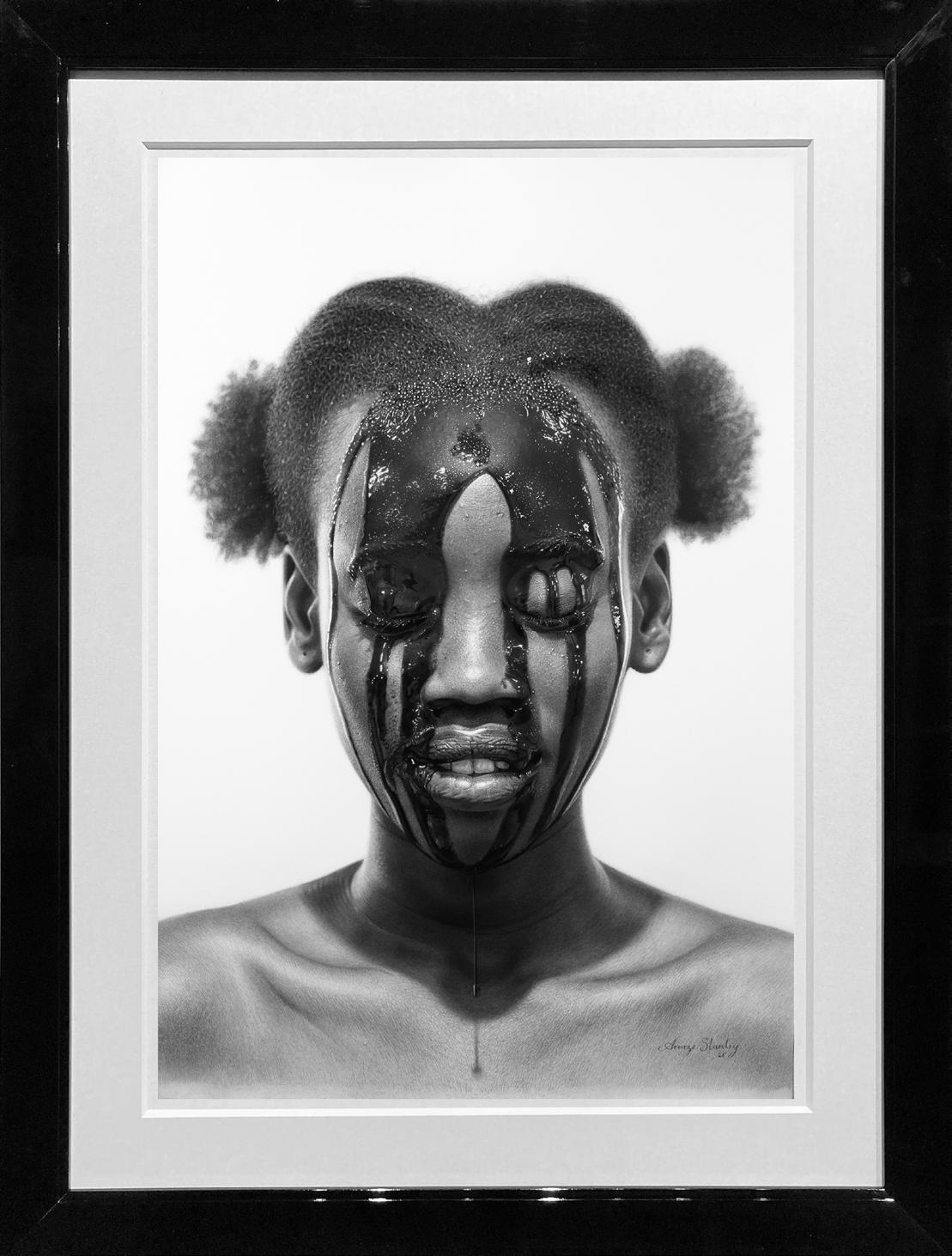
Arinze Stanley
“Machine
Man No.12” Graphite and Charcoal on Paper
35 x 24 in


Arinze Stanley
“Flower Boy” Mixed Media on Paper
48 x 82 in


Jesse Stern grew up in Cambridge, MA. He moved around a lot as a kid, but has never really considered where he lived to contribute to the kind of work he’s made as an artist. To Stern, drawing and painting are personal and private practices that put him at ease because he is completely separated from the world around him. As a kid, he considered drawing an extension of play and derived imagery from comic books, comic strips and Dungeons and Dragons.
Drawing from life did not occur to Stern until high shool. He made several self portraits as well as portraits of classmates eventually moving to still lifes. He found drawing objects was a great opportunity to explore details. Even though Stern makes incredible paintings he is more well known for his meticulously rendered drawings. He considers himself more fundamentally a draftsman than a painter.
The visual tension in his subjects communicates the underlying themes in his drawings. “I think these drawings are about dangerous impulses. Impulses we all have that oppose our hard-wired imperative for self-preservation.”
Stern currently lives and works in the NY area and is teaching at New York Academy of Art, as a professor of painting and drawing in the continuing studies program.
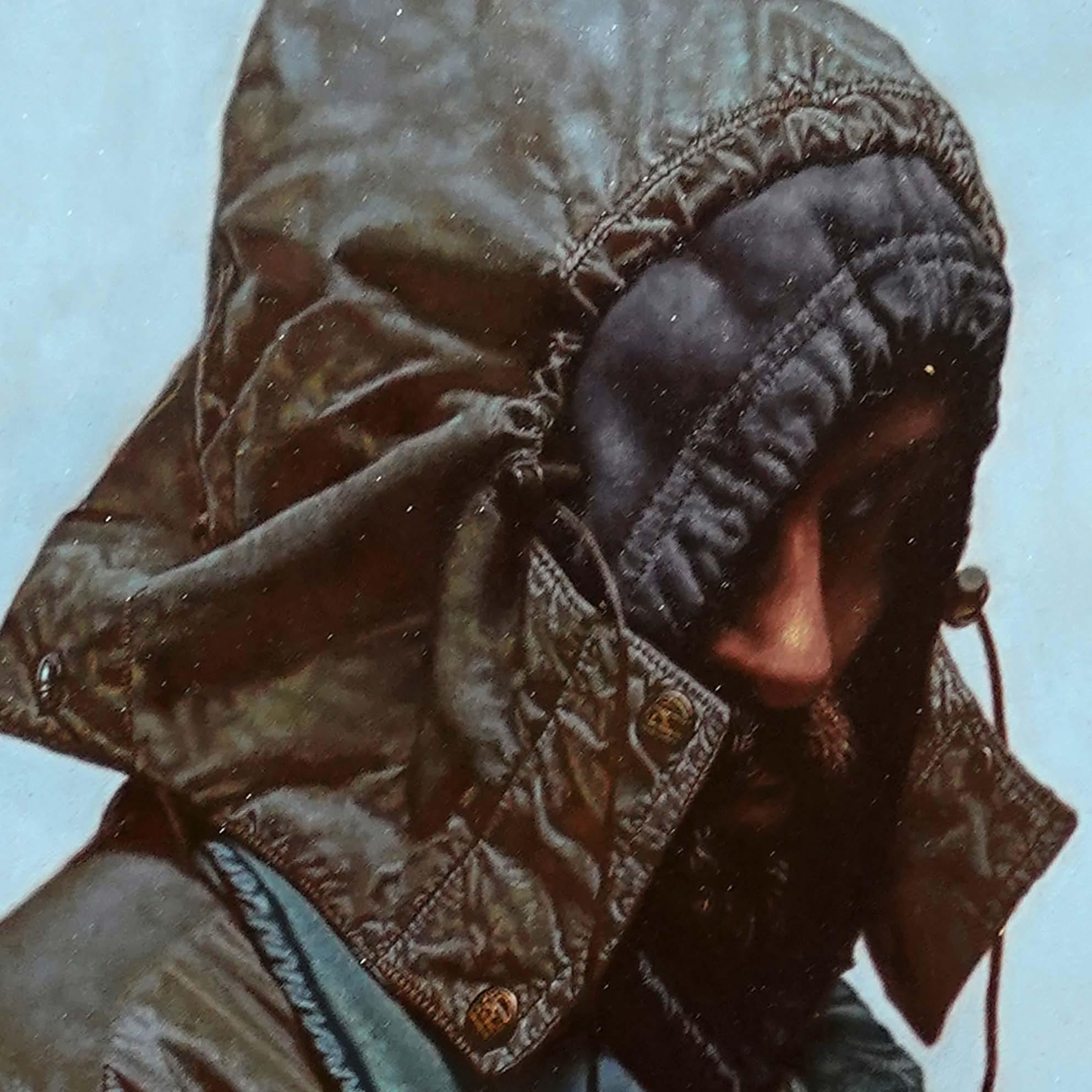

Jesse Stern
“Remnant” Oil on Panel
7 x 5 in
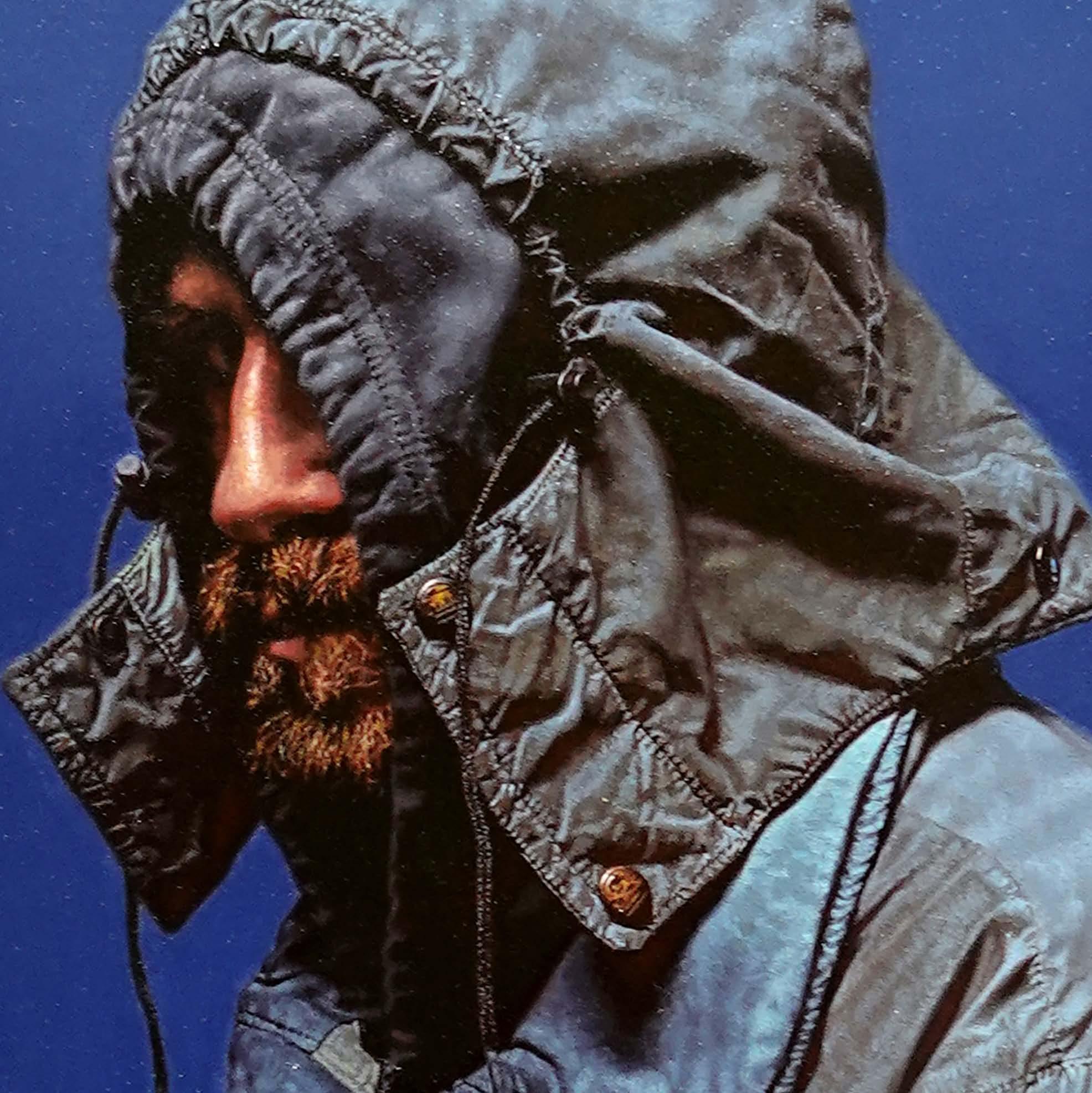

Jesse Stern
“Figment” Oil on Panel
7
x
5 in

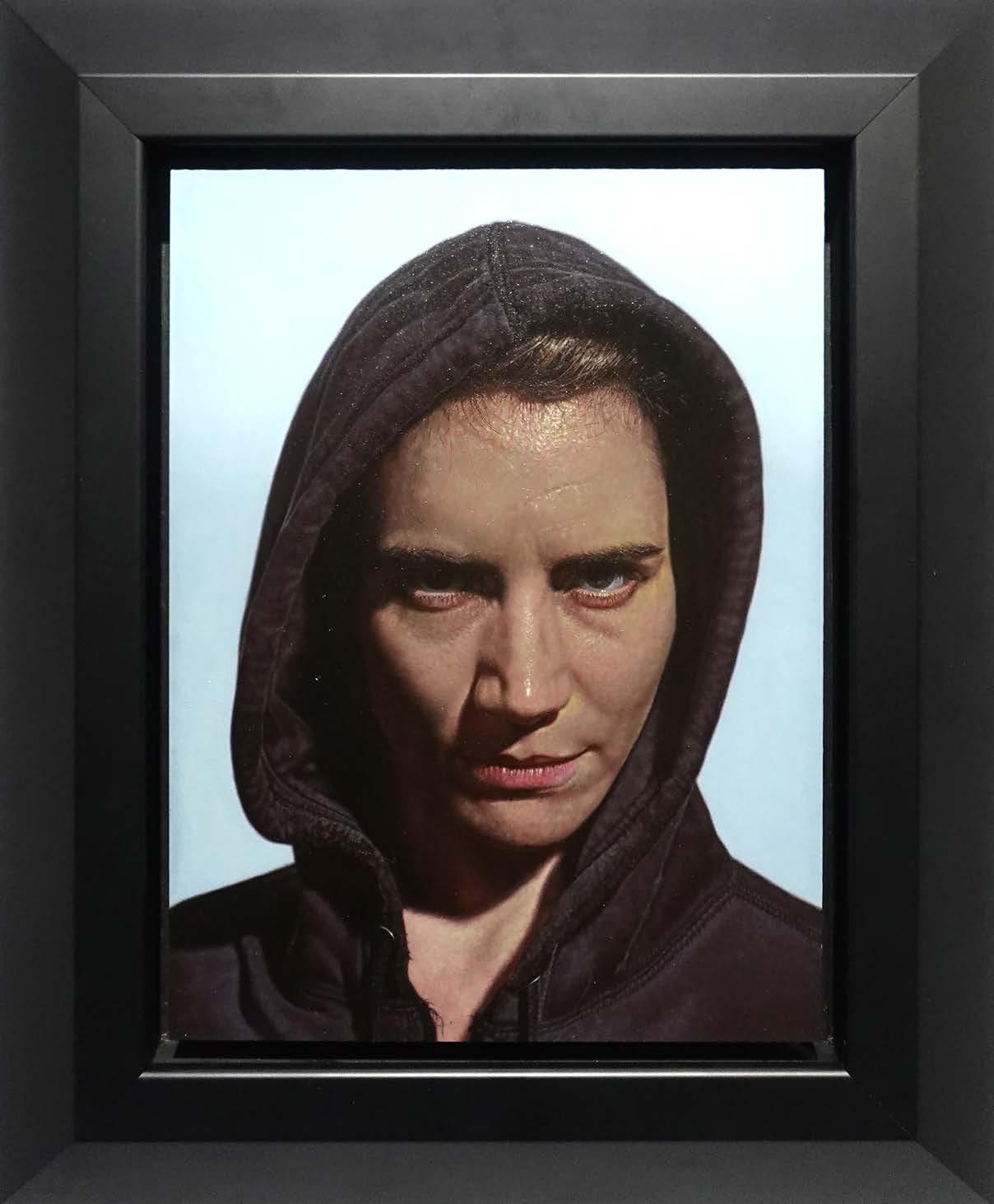
Jesse Stern
“Harbinger” Oil on Panel 12 x 9 in
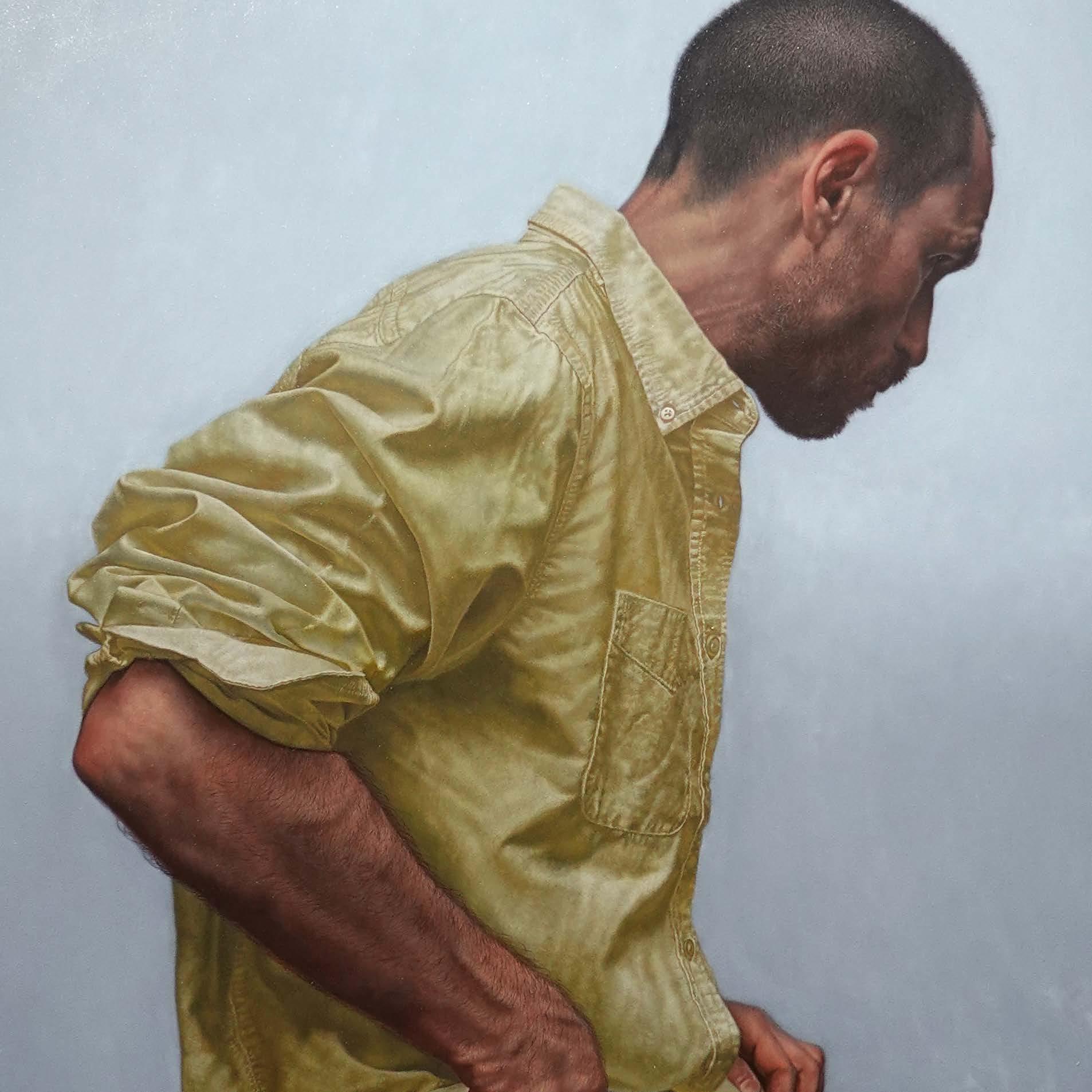

Jesse Stern
“Reflexive Stasis” Oil on Panel
20 x 16 in


Jesse Stern
“Reality
Test 2” Oil on Panel 24 x 18 in
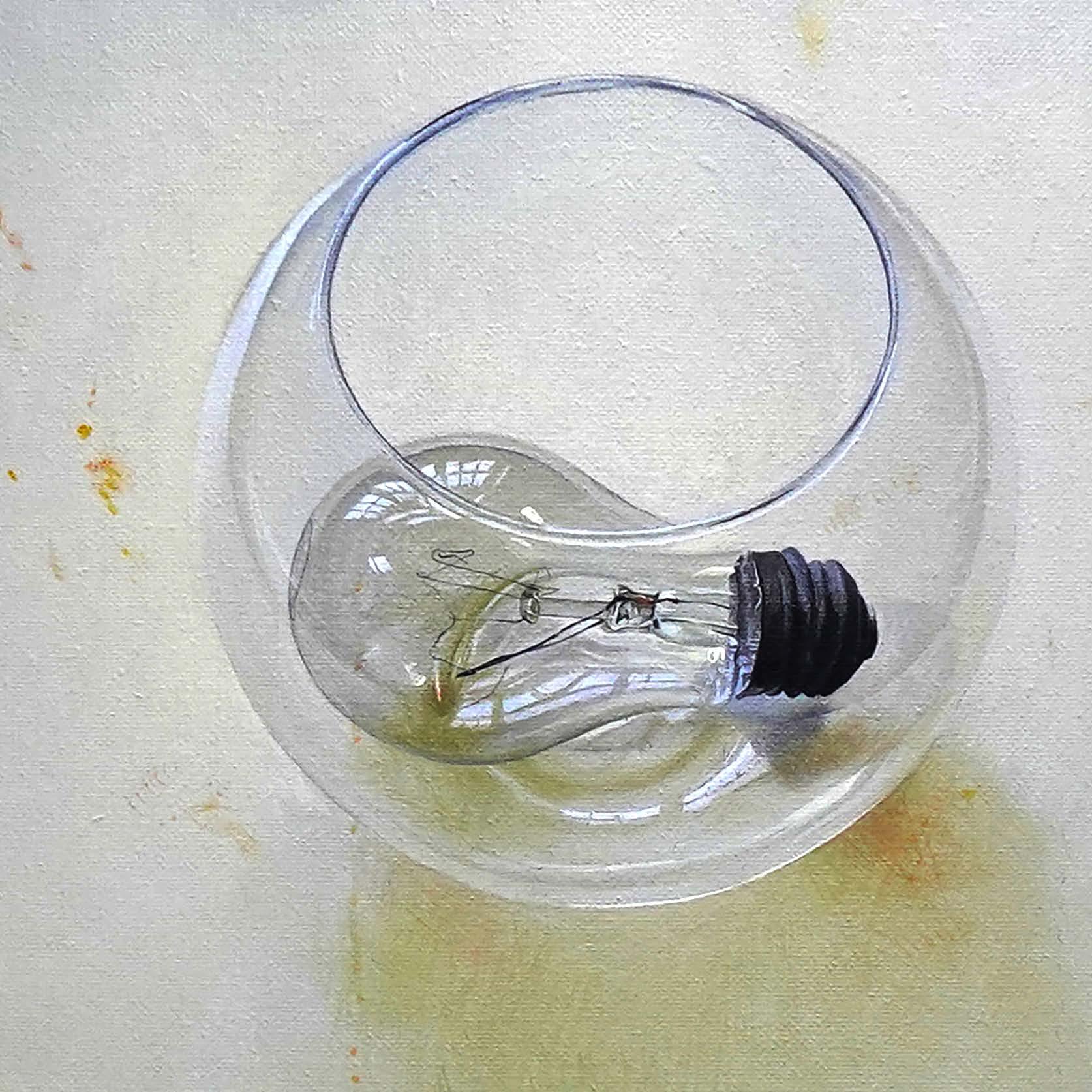

Japanese artist Hideo Tanaka’s artistic process involves tapping into his past as a longtime creative professional at an advertising agency, constantly looking for and thinking of ideas in the waking and subconscious moments, finding inspiration through sceneries, objects, people, and lived experiences. His paintings rendered in muted palettes and bare compositionality are an intricate blend of stilllife realism and nostalgic sentimentality, inviting viewers to pause and reflect.
Tanaka paints his subjects accurately and true to life, albeit often set in a surreal world. Most of his figurative paintings have women perched on electric posts and traffic lights, contemplating as if they are on the precipice of an epiphany. In marrying realism and surrealism, however, Tanaka’s works do not promptly elicit wonder.

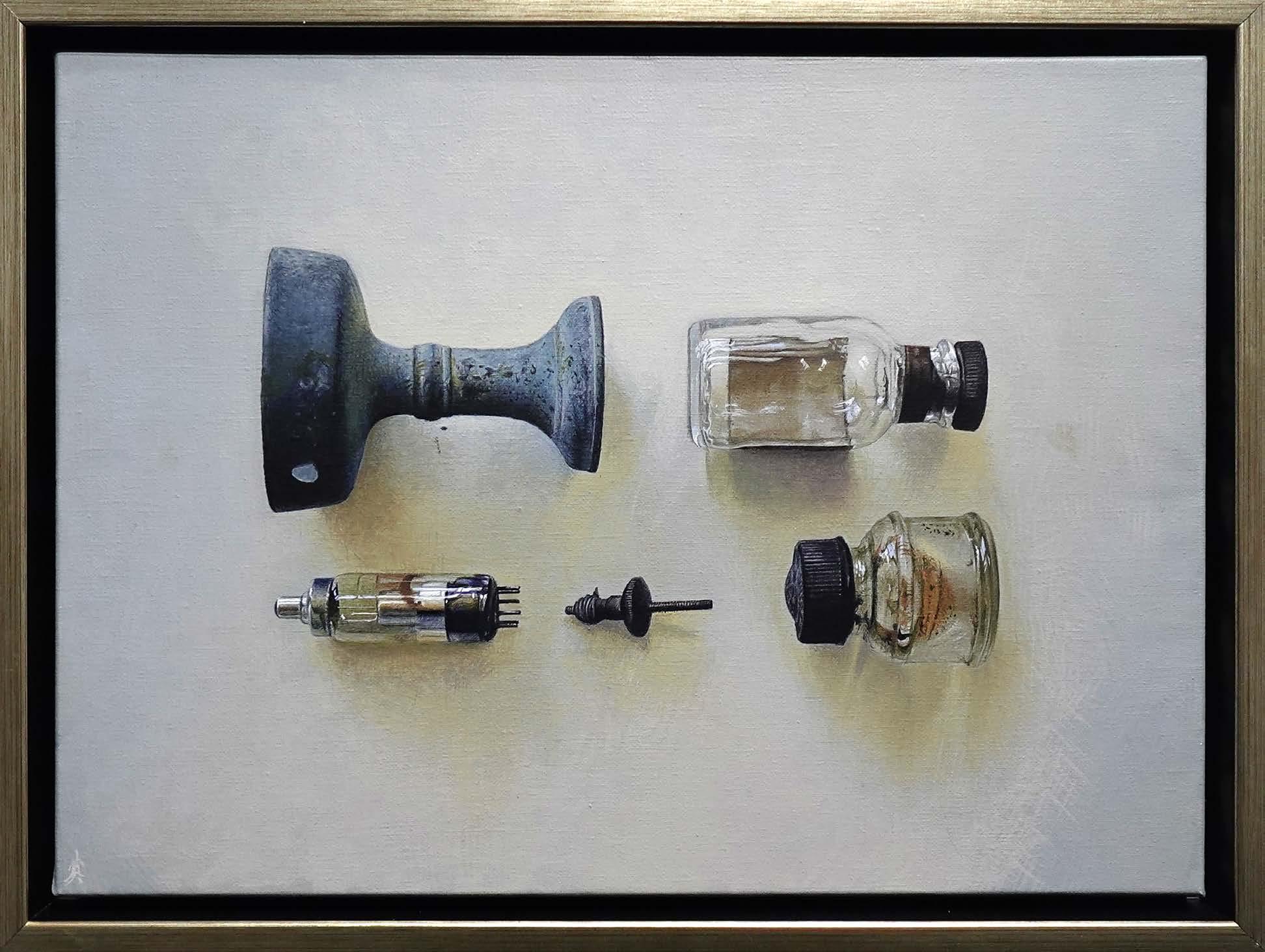
“Disjointed Alignment” Acrylic on Linen
13 x 18 in

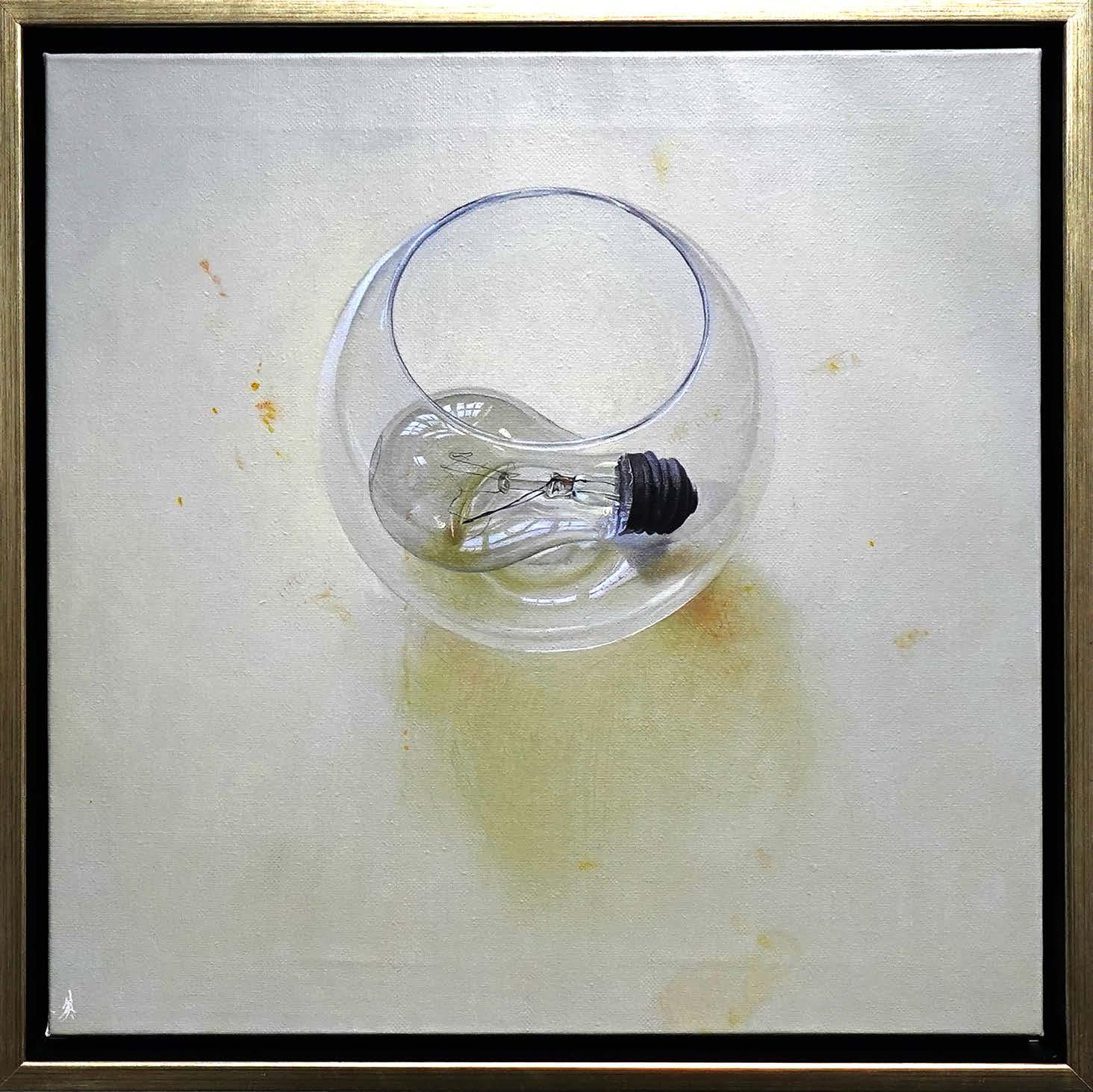
“Love” Acrylic on Linen
18 x 18 in


“Father” Acrylic on Linen 36 x 36 in
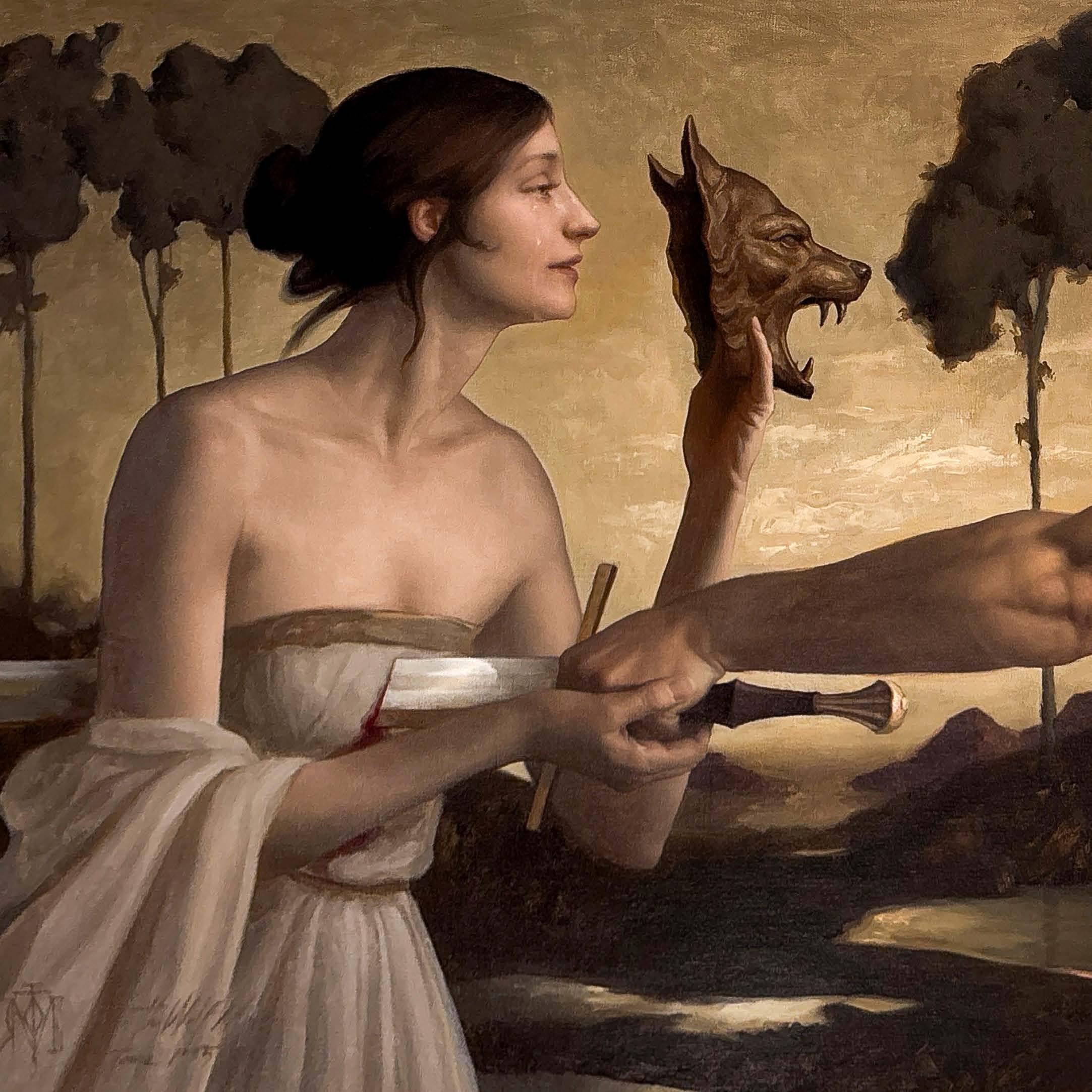

Merging classical drawing and painting techniques with a contemporary sensibility, Vergara continues to create elegant and mystical works that are a result of his academic training at the Angel Academy of Art in Florence and later at the Grand Central Atelier in New York.
In his recent solo show “Ritvals”, Lopez continued to explore characters of mythological provenance; guardians, wanderers, maidens, beasts. “I’m trying to find what remains sacred in the modern human condition.”


Jose Lopez Vergara
“Fates” Oil on Linen
28 x 23 in

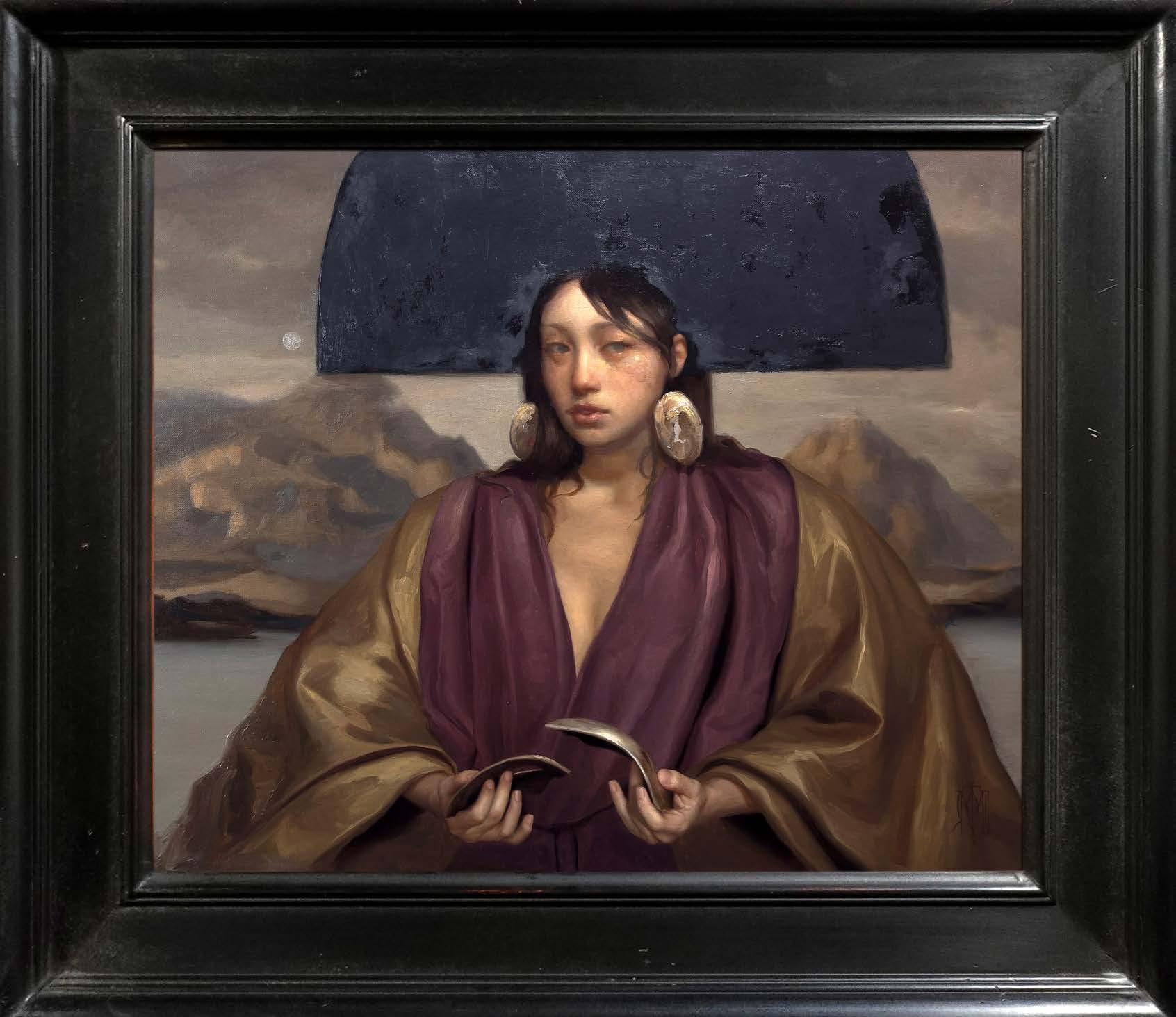
“Omen” Oil on Canvas
25.5 x 29 in
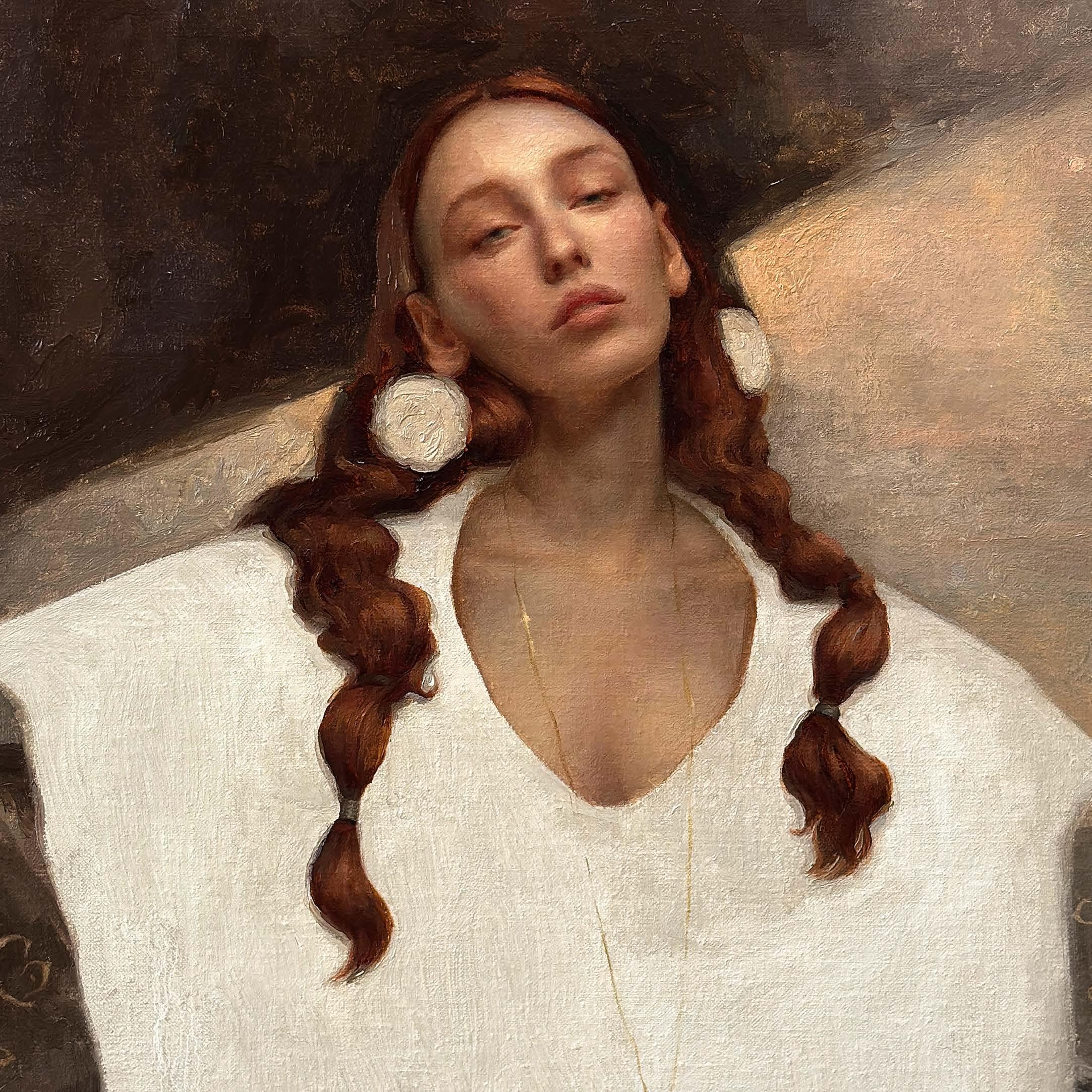
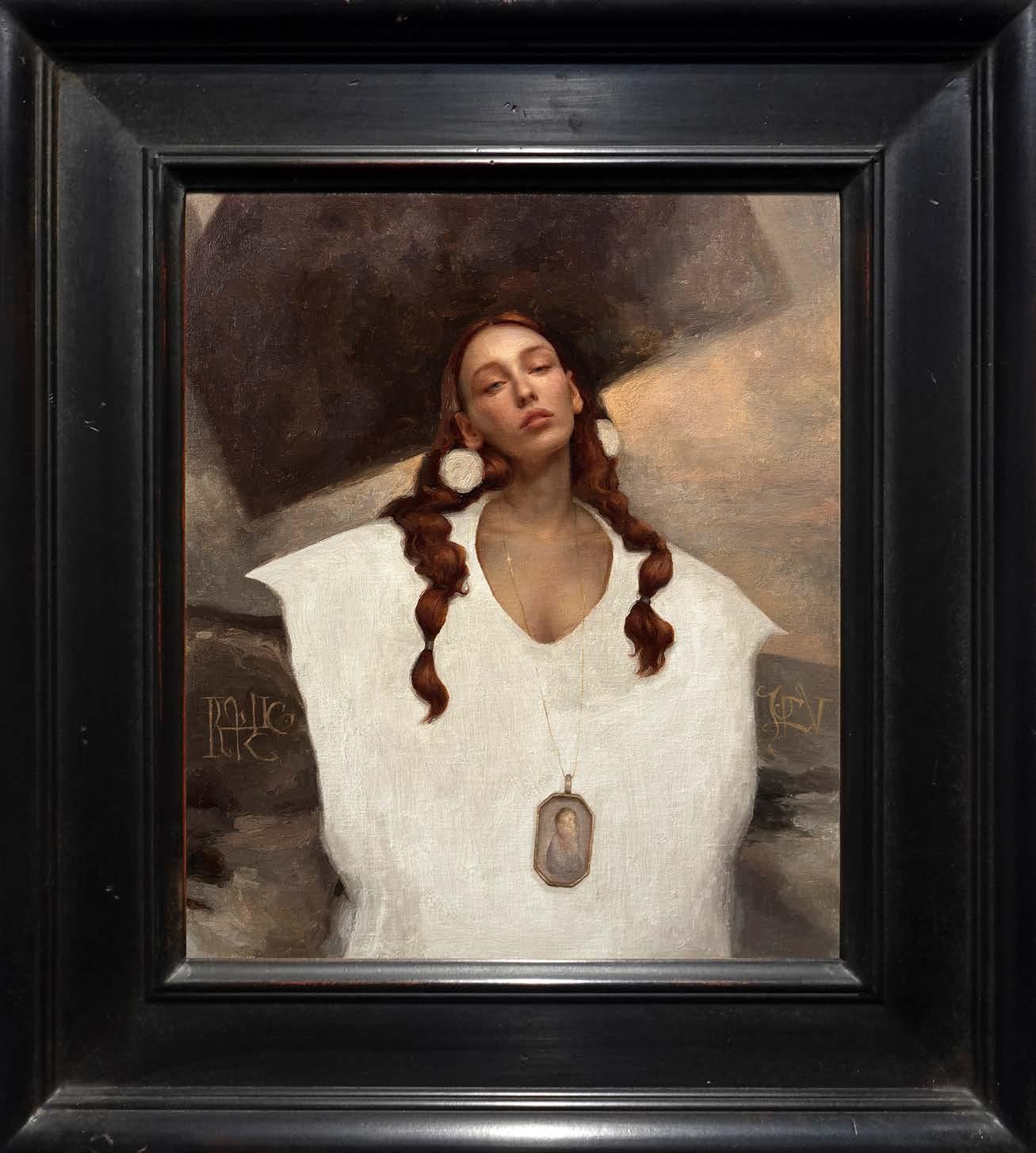
Jose Lopez Vergara
“Relic” Oil on Canvas 23 x 21 in


“The Wolf Mask” Oil on Canvas
30 x 45 in


Born in 1972, Aron Wiesenfeld knew he wanted to be an artist at the age of 12. From that early age he pursued a regimented schedule of drawing and painting for up to 6 hours a day. Out of high school he entered the Cooper Union School of Art in New York. He says “It was a phenomenal experience to be exposed to completely new ideas and be immersed in the art of the city”, but he was disappointed with the conceptual art emphasis of the curriculum there. “Talking about art seemed more important than making art, I thought it was very strange.” He left the school after 2 years.
Aron Wiesenfeld’s paintings depict enigmatic figures traversing desolate environments. Both the people and the places seem familiar, yet oddly out of place. As if they are refugees, pilgrims or wanderers, trying to get to the other side of a river that is forever out of reach. When asked about the open ended aspect of his images, Aron answers, “I just want to pose interesting questions. For the answers I rely on the compulsion of the mind to create dreams and fantasies, which will be as varied as the people who see them.”


“Washed Up Woman” Oil on Canvas
16 x 20 in

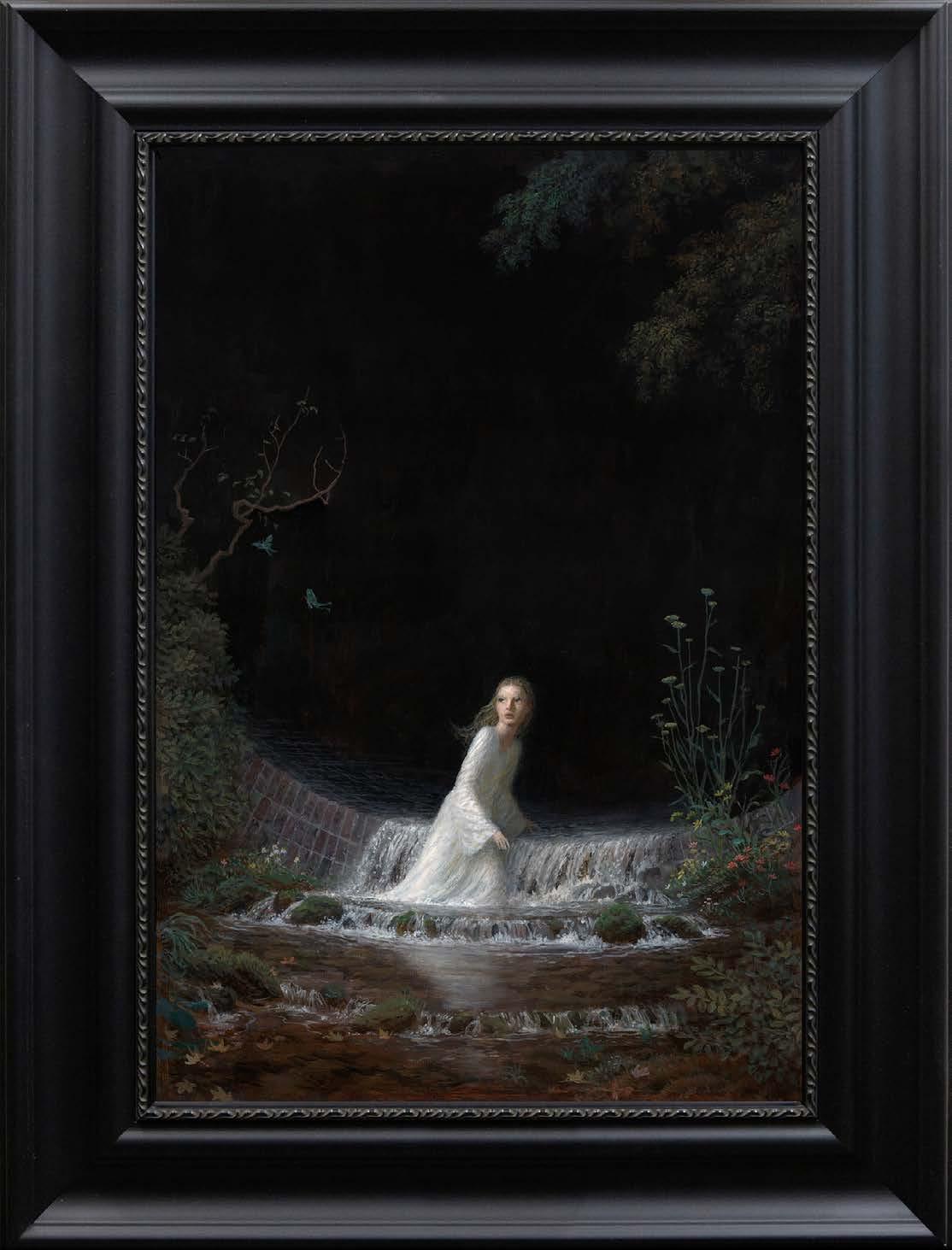
Aron Wiesenfeld
“Runoff” Oil on Panel 21 x 14 in

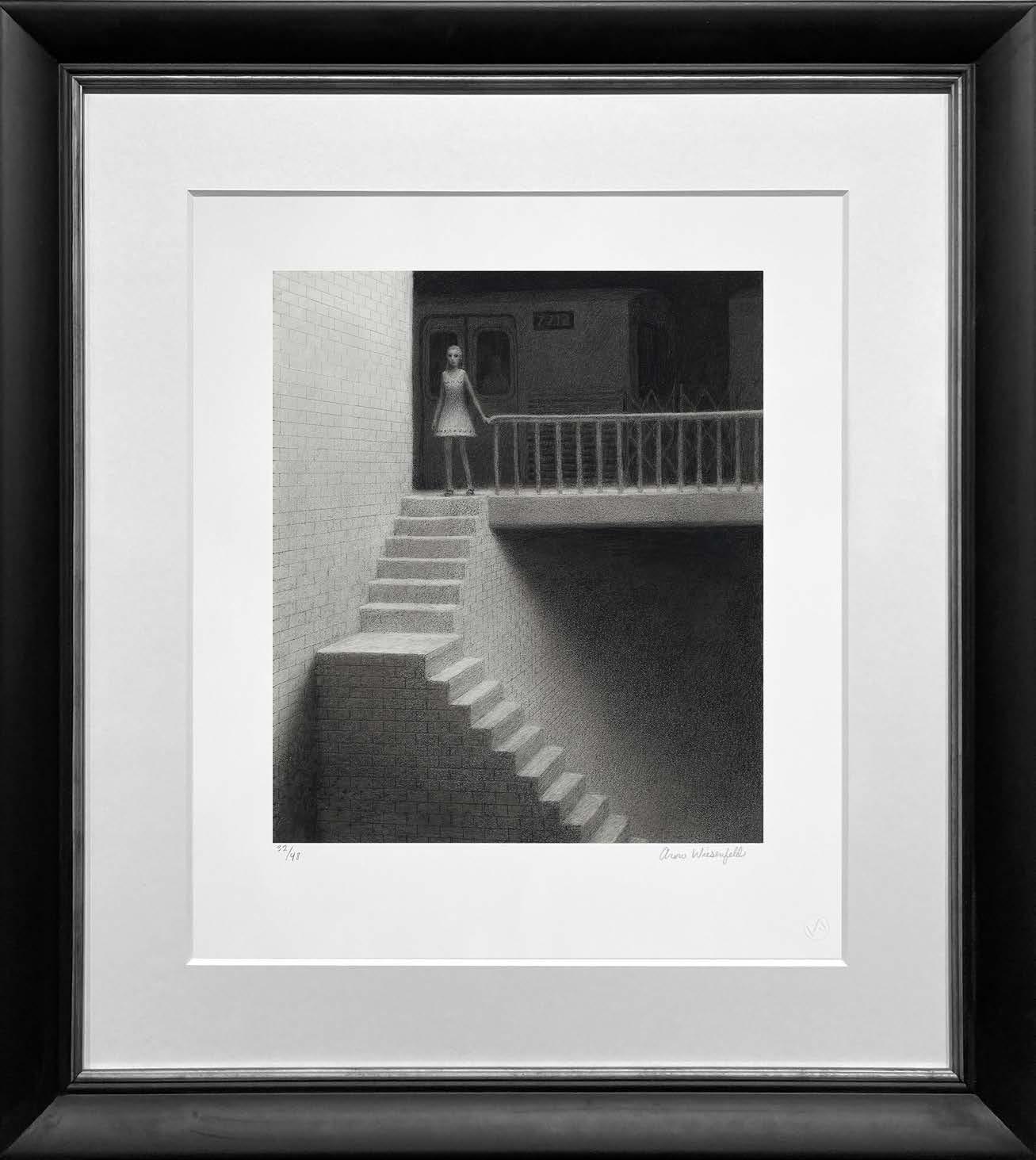
Aron Wiesenfeld
“Tunnel” Etching (Limited Edition)
21 x 19 in
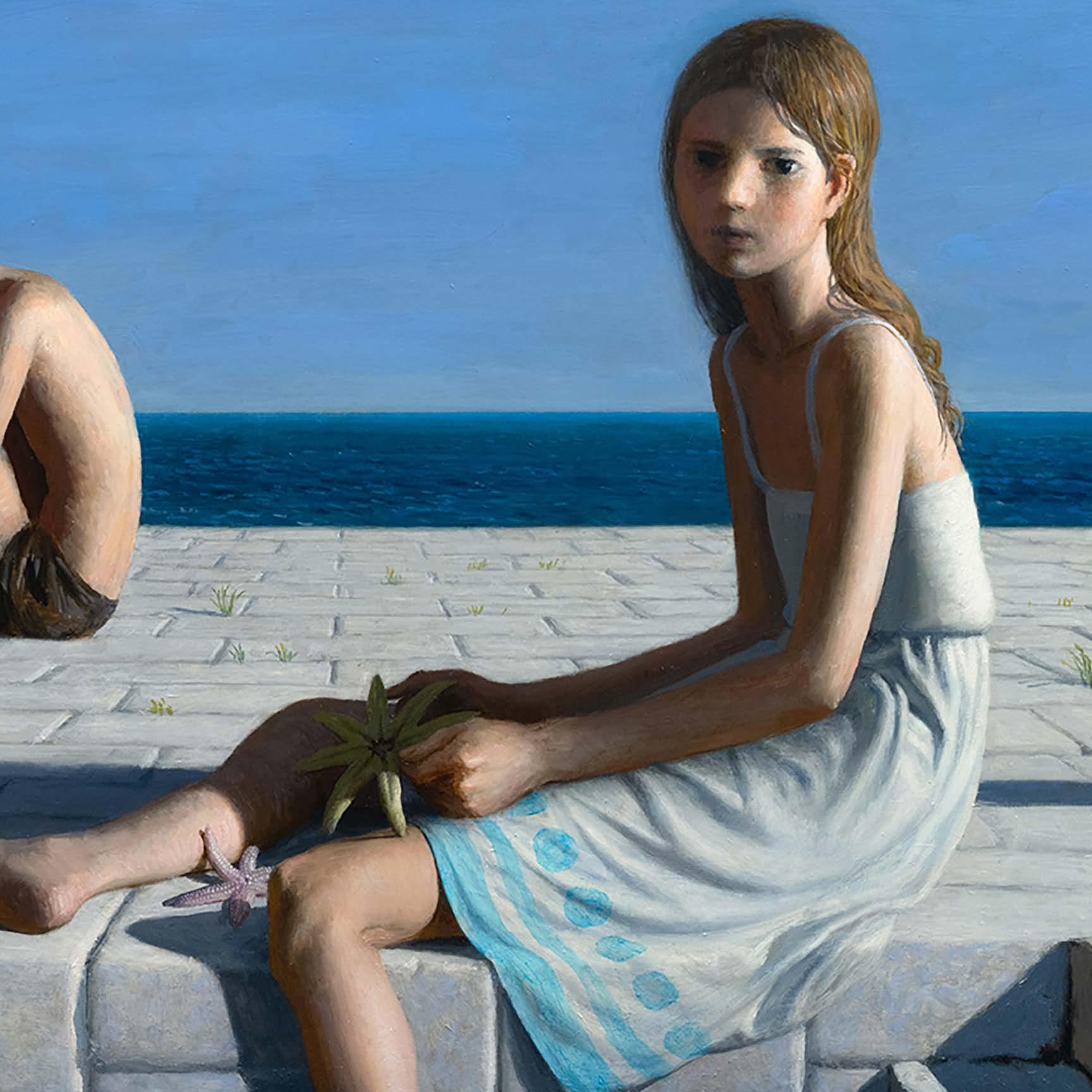
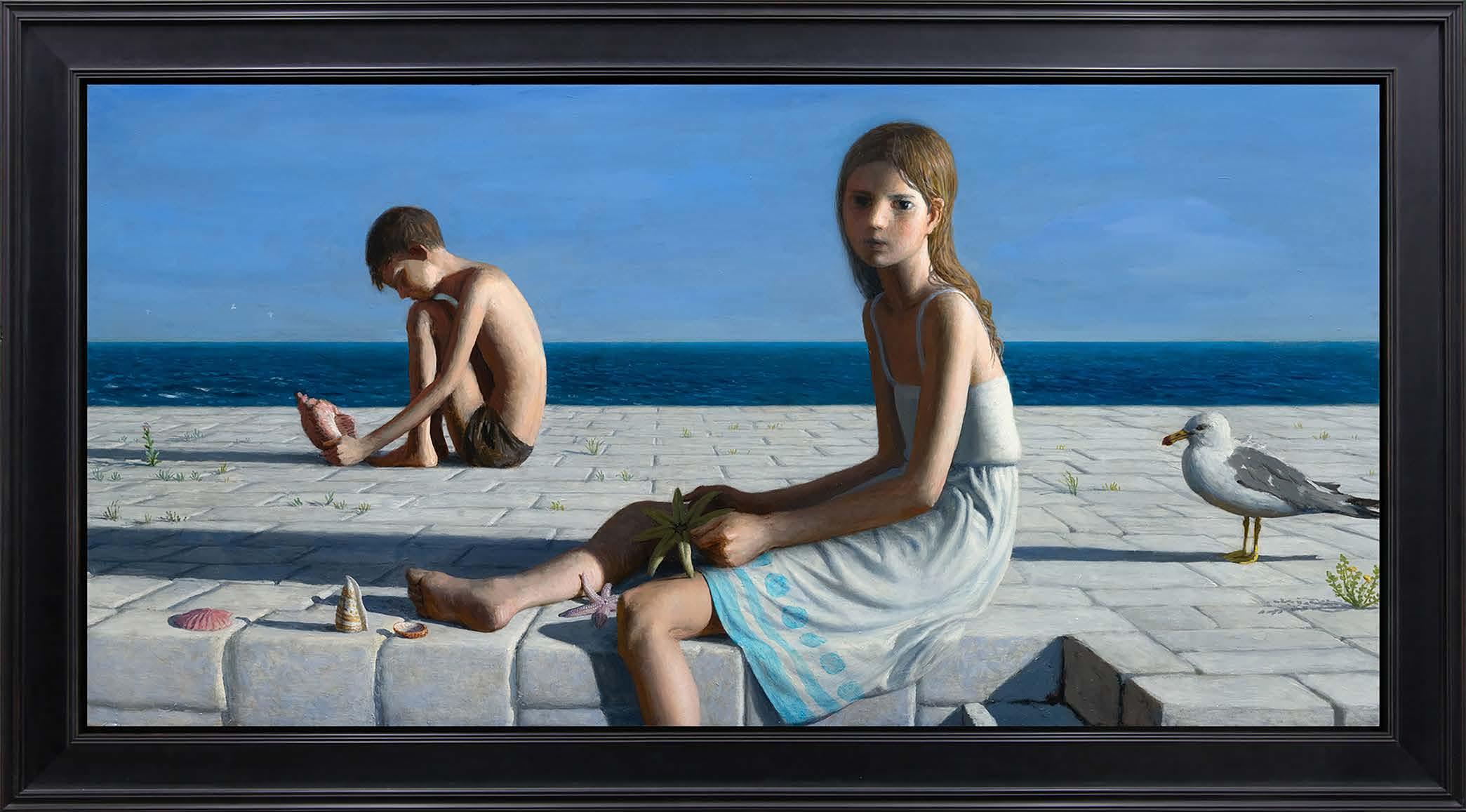
Aron Wiesenfeld
“Fruits
of the Sea” Oil on Panel
24 x 48 in
